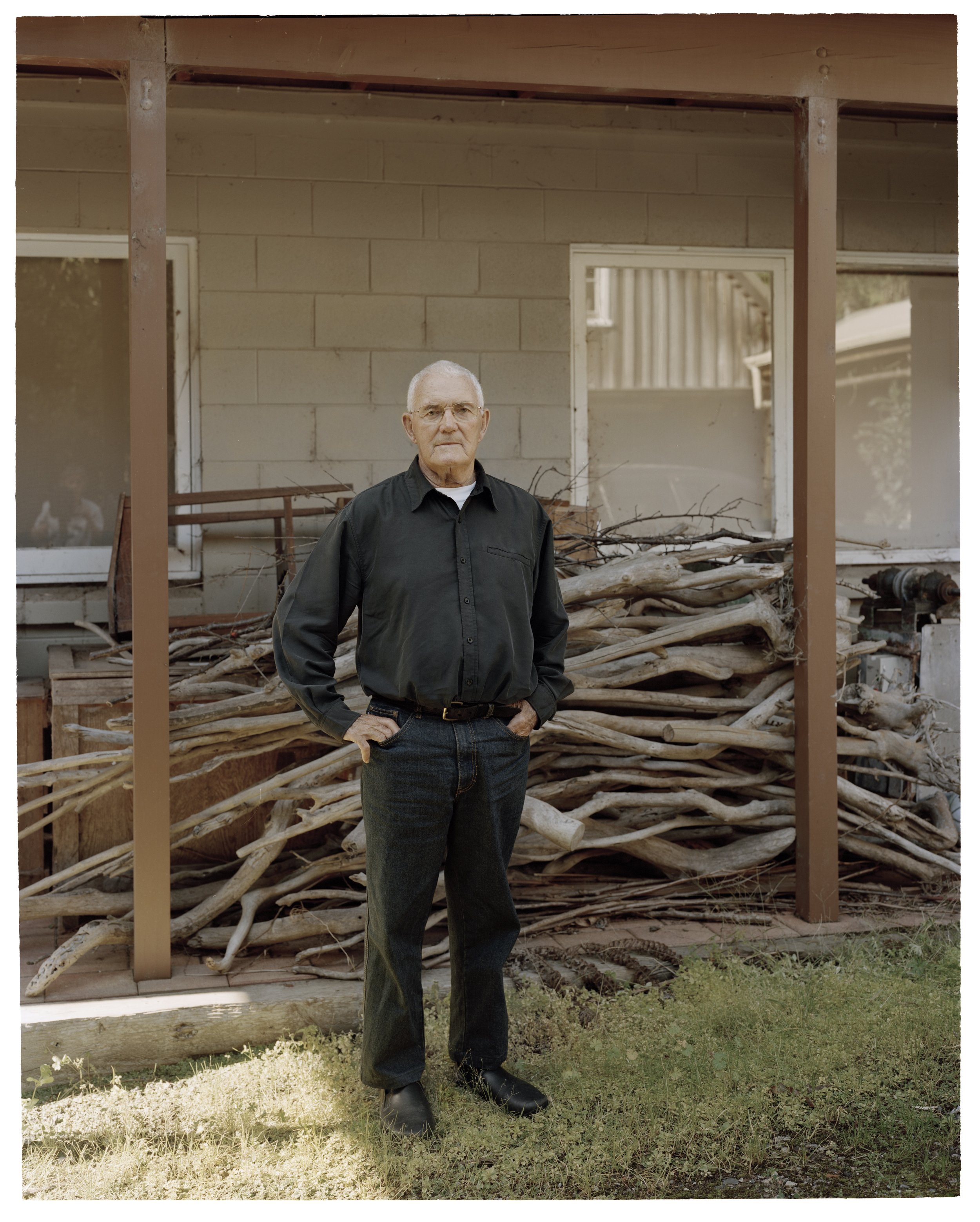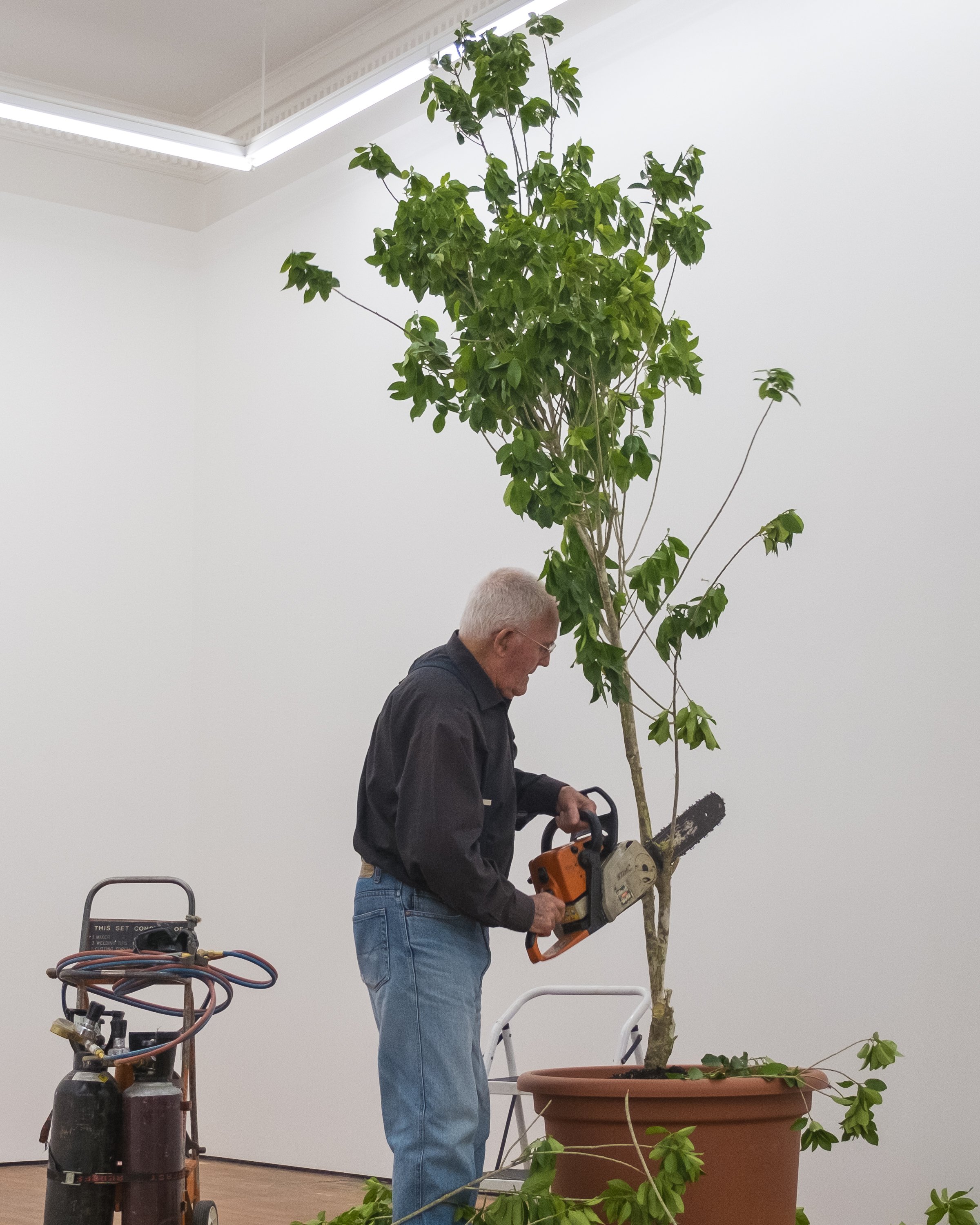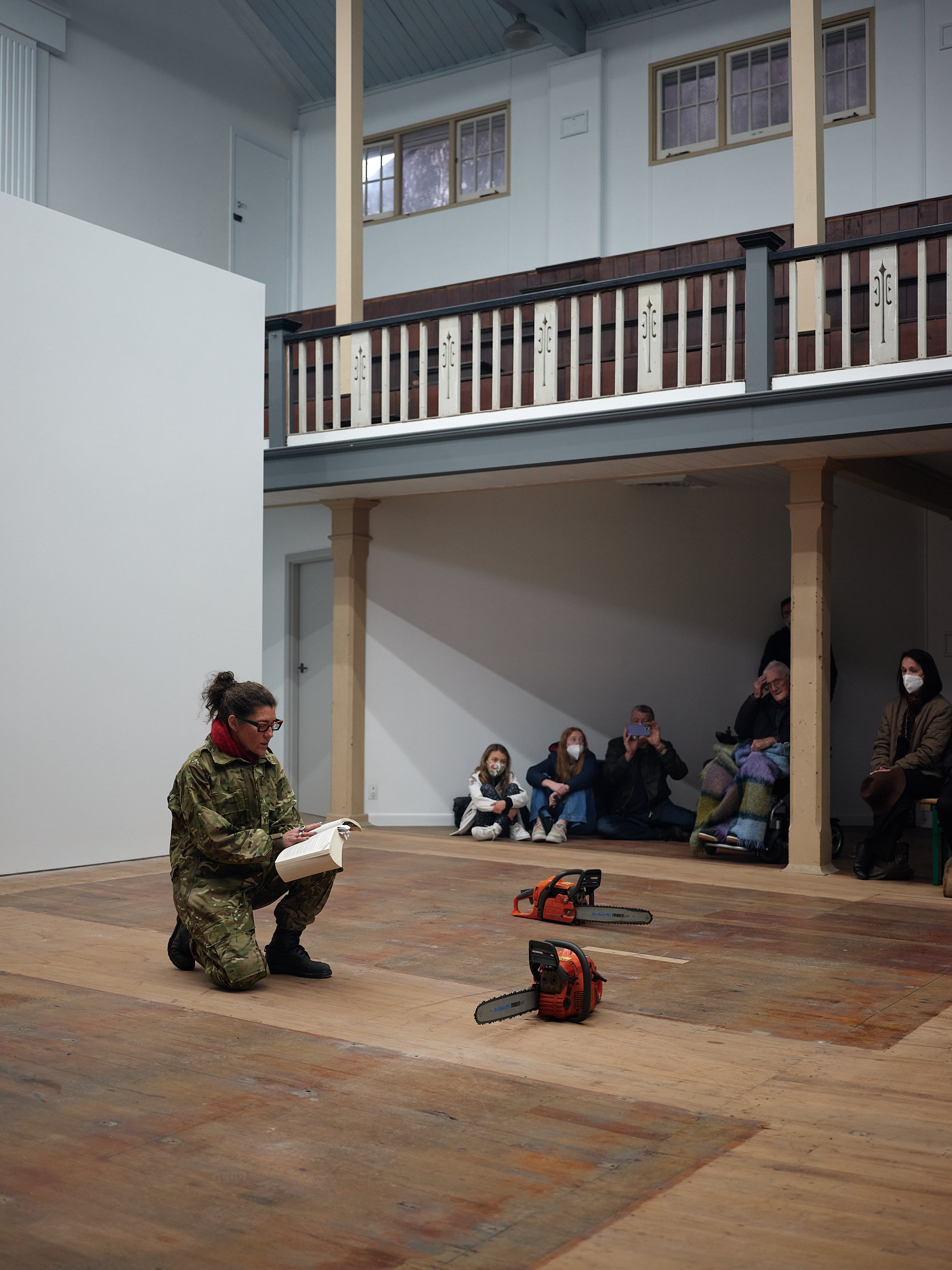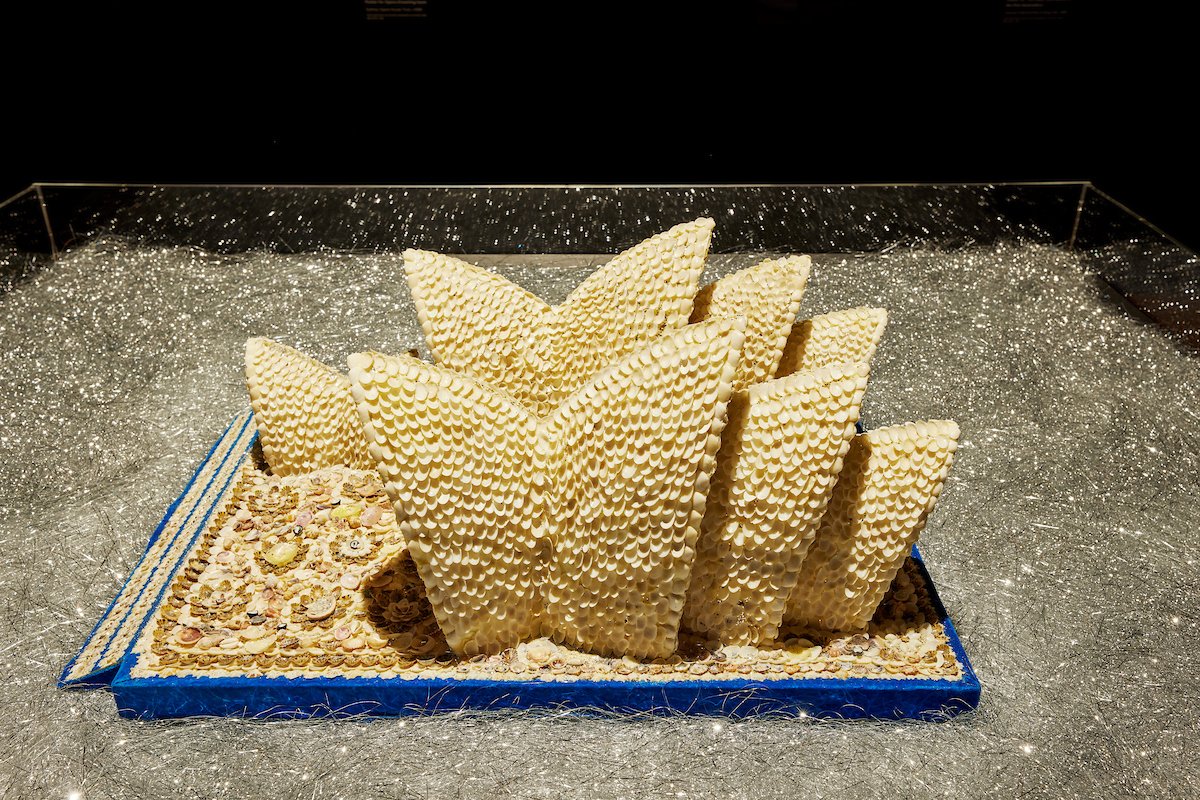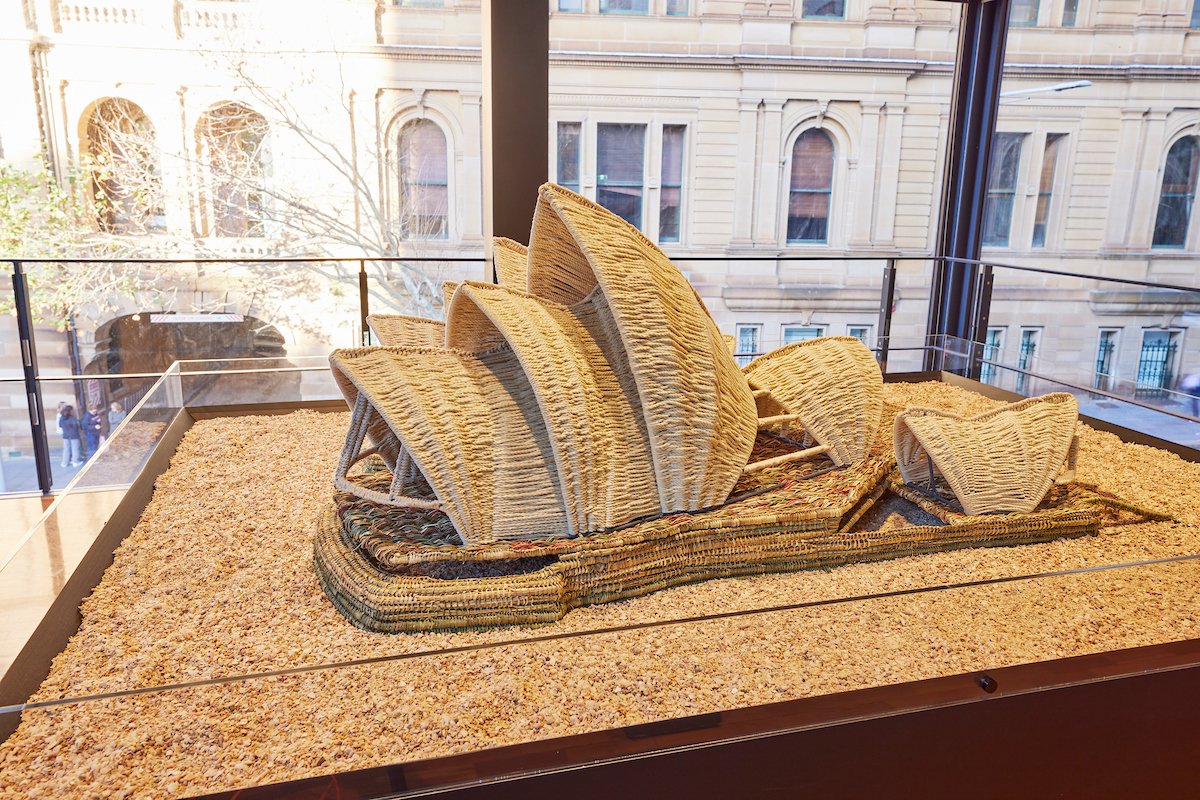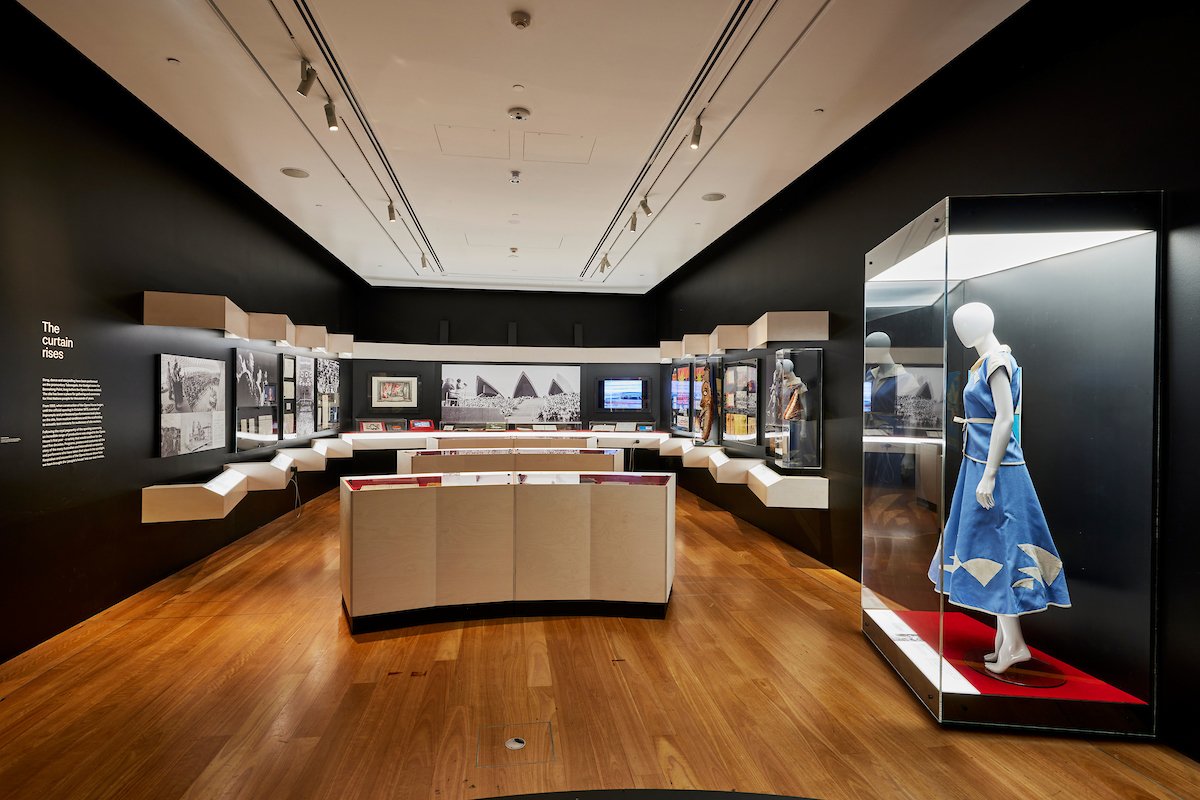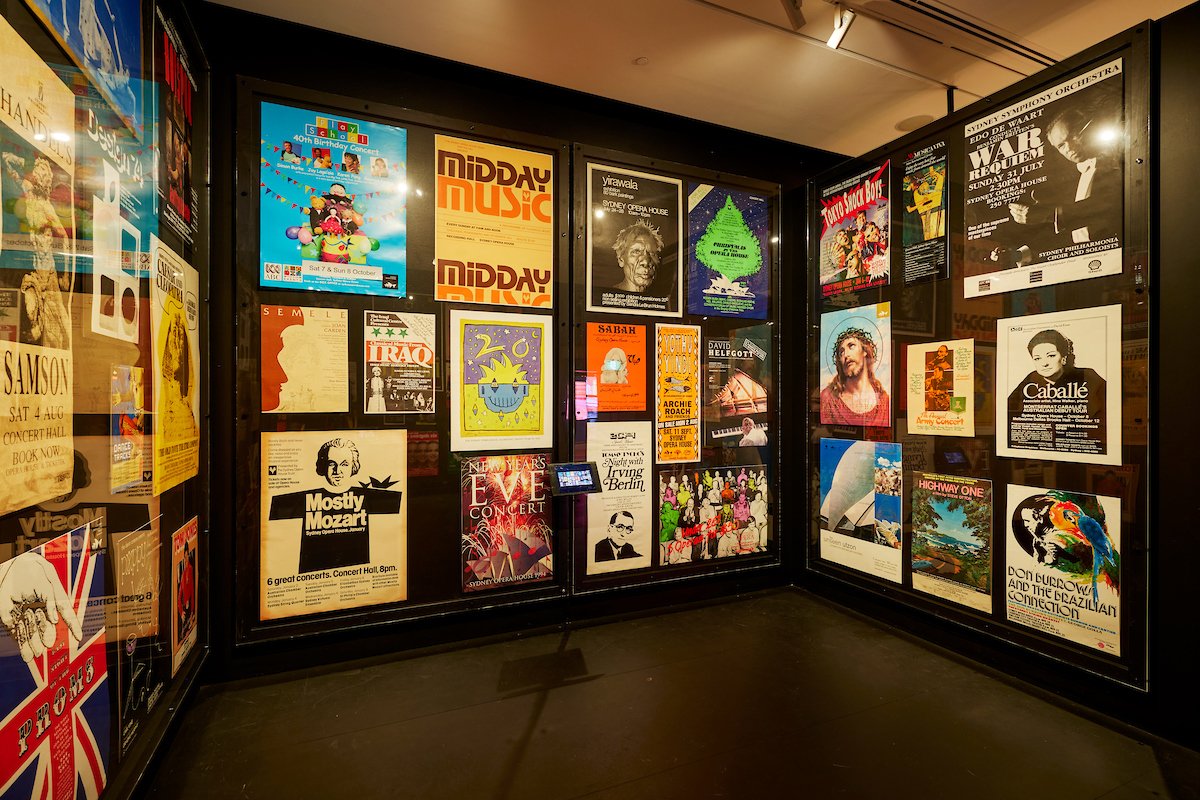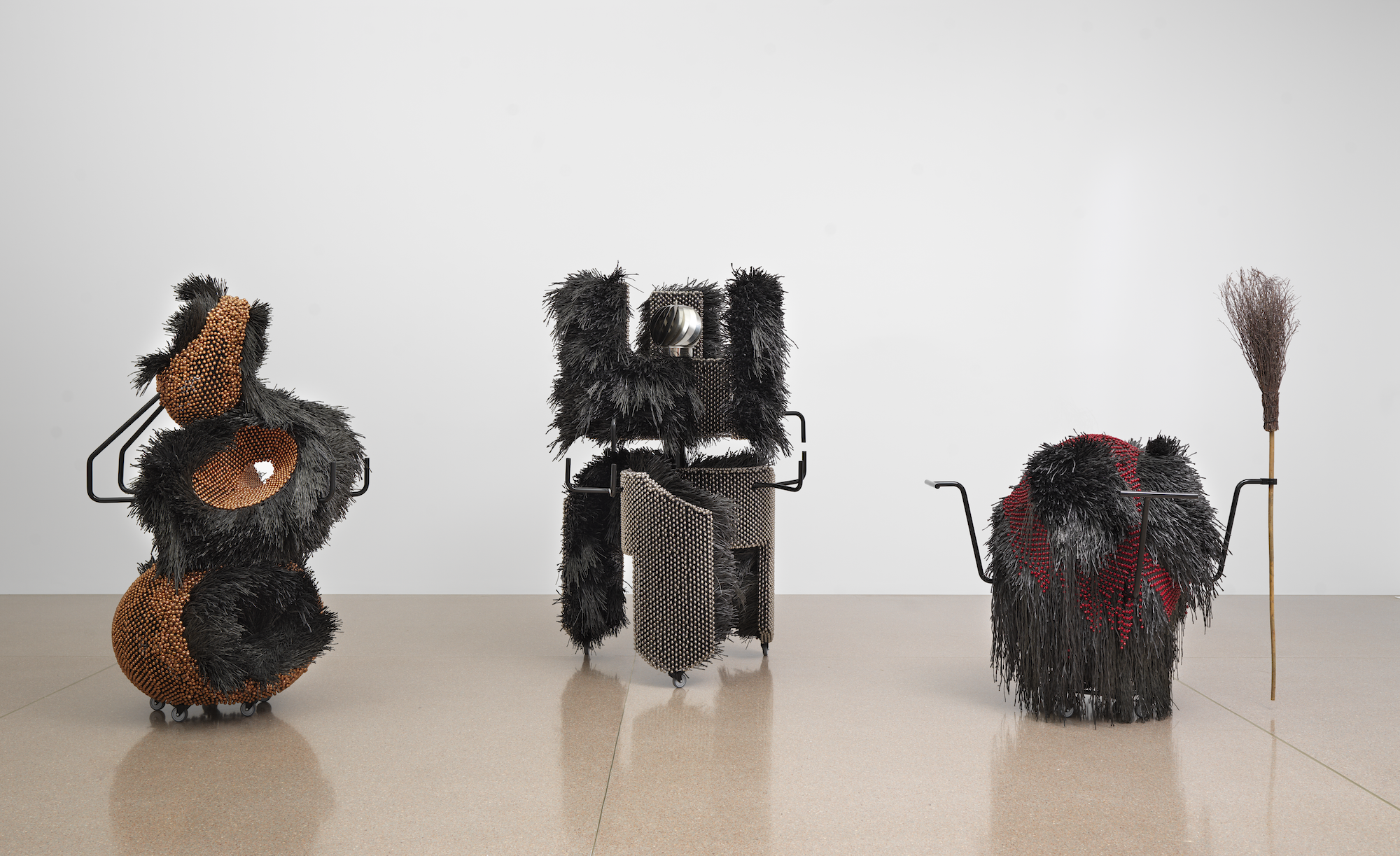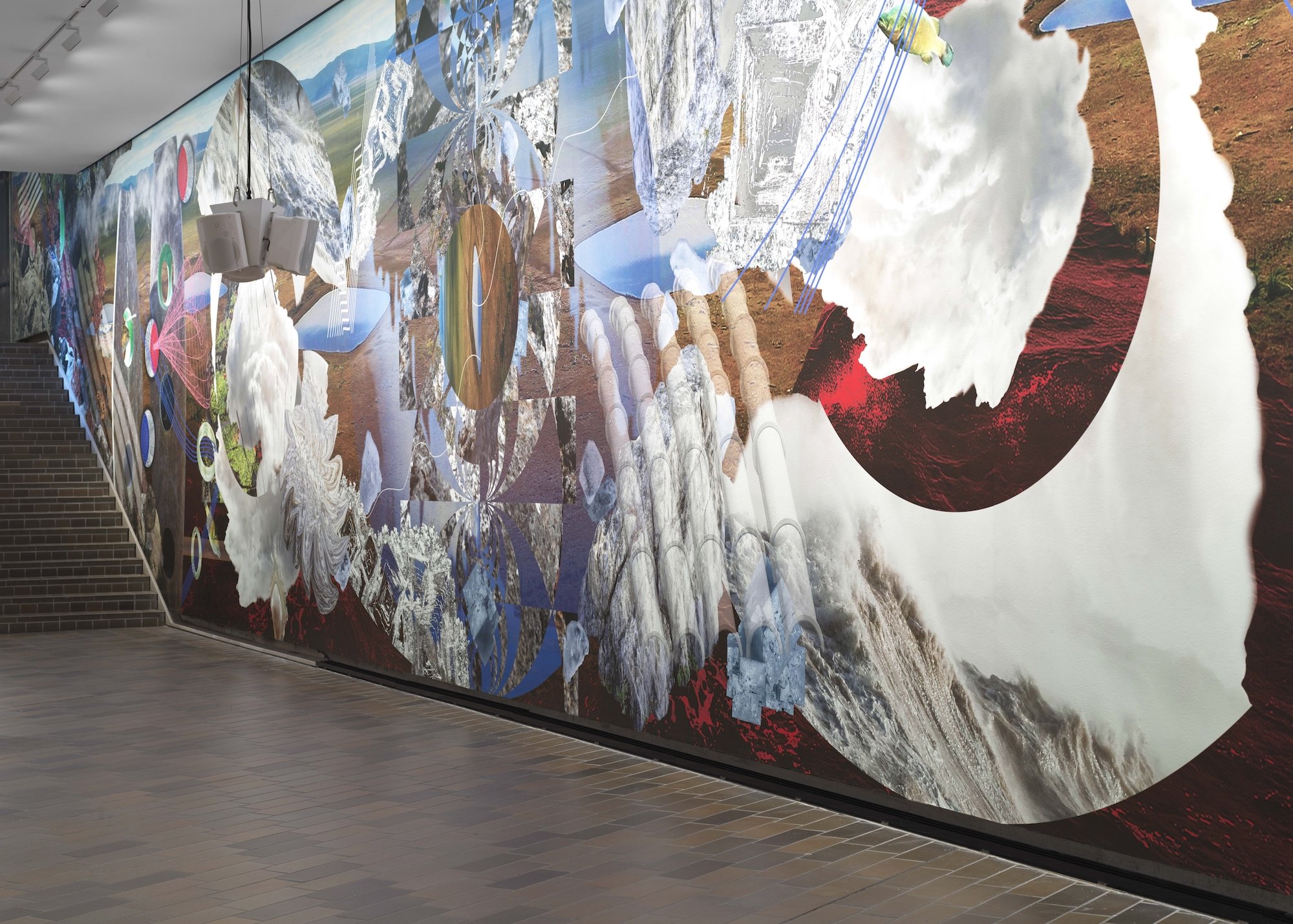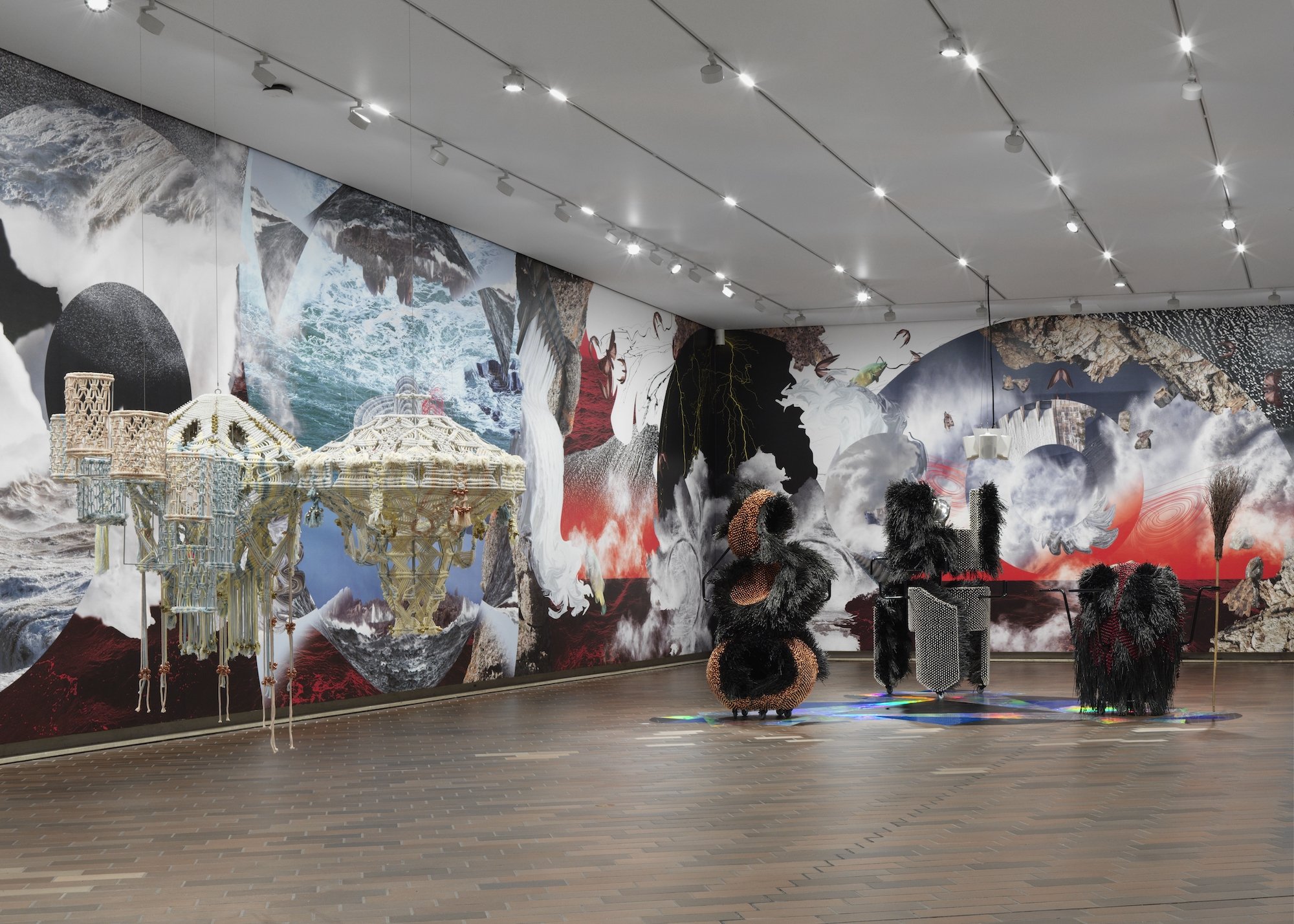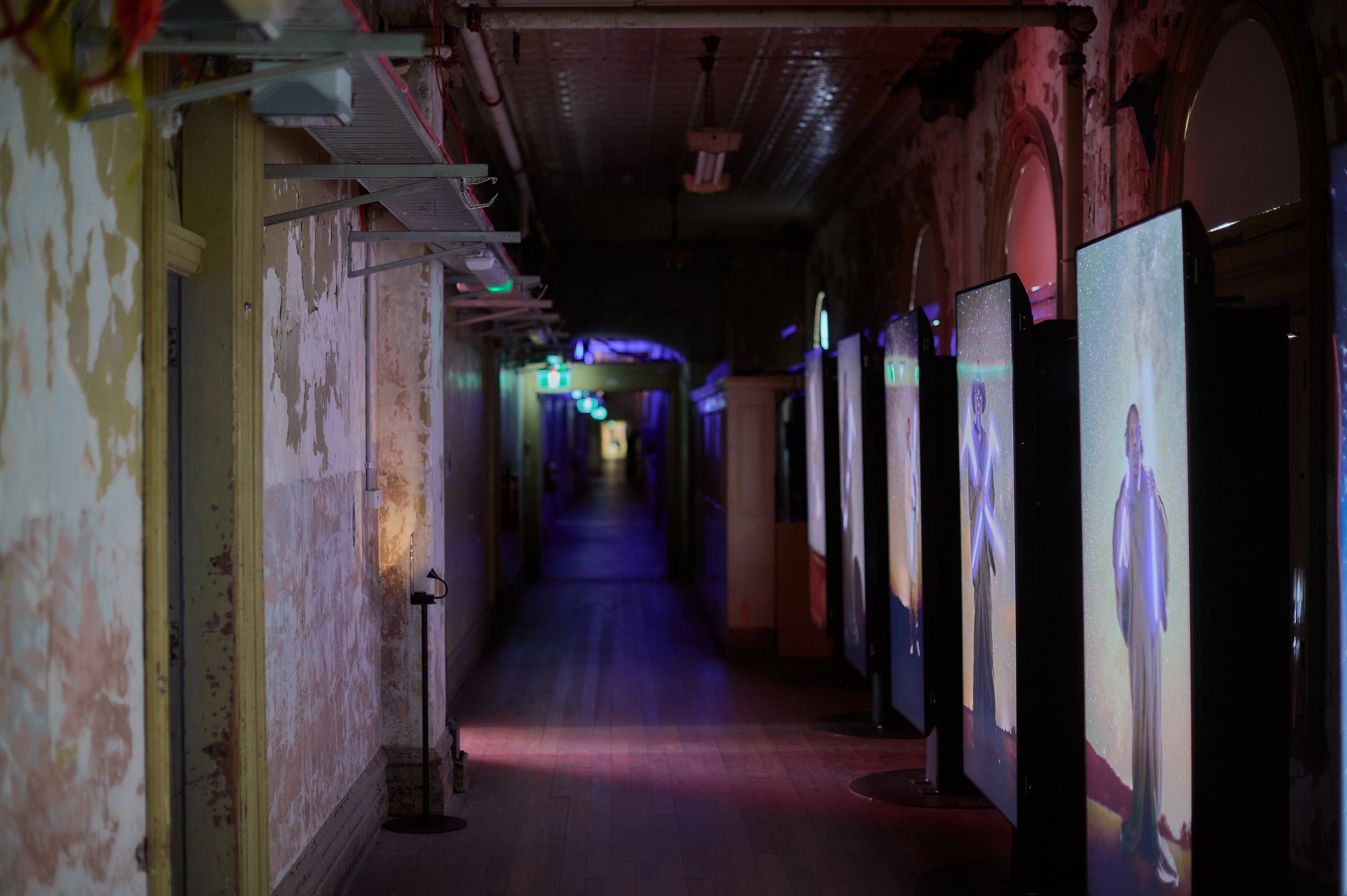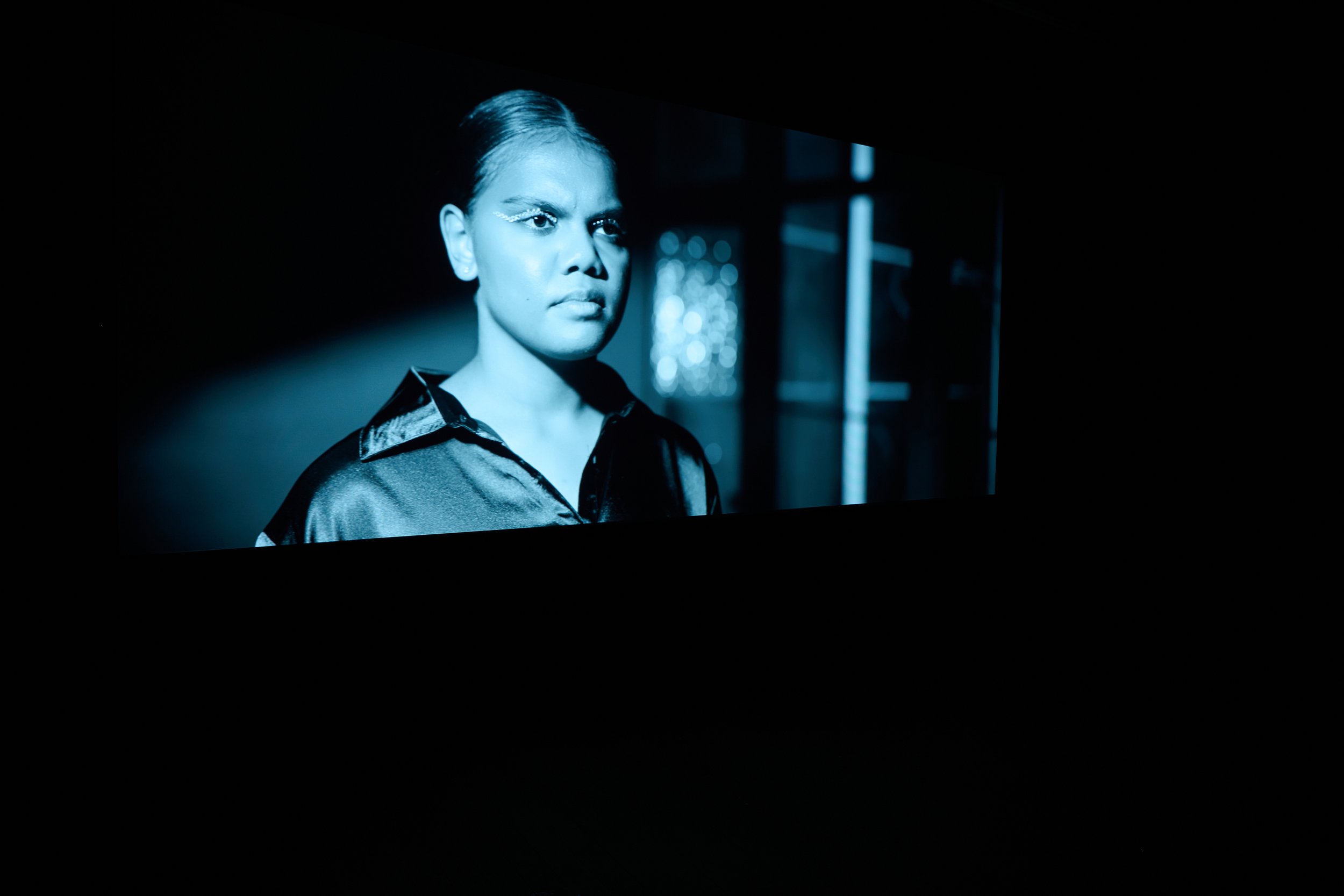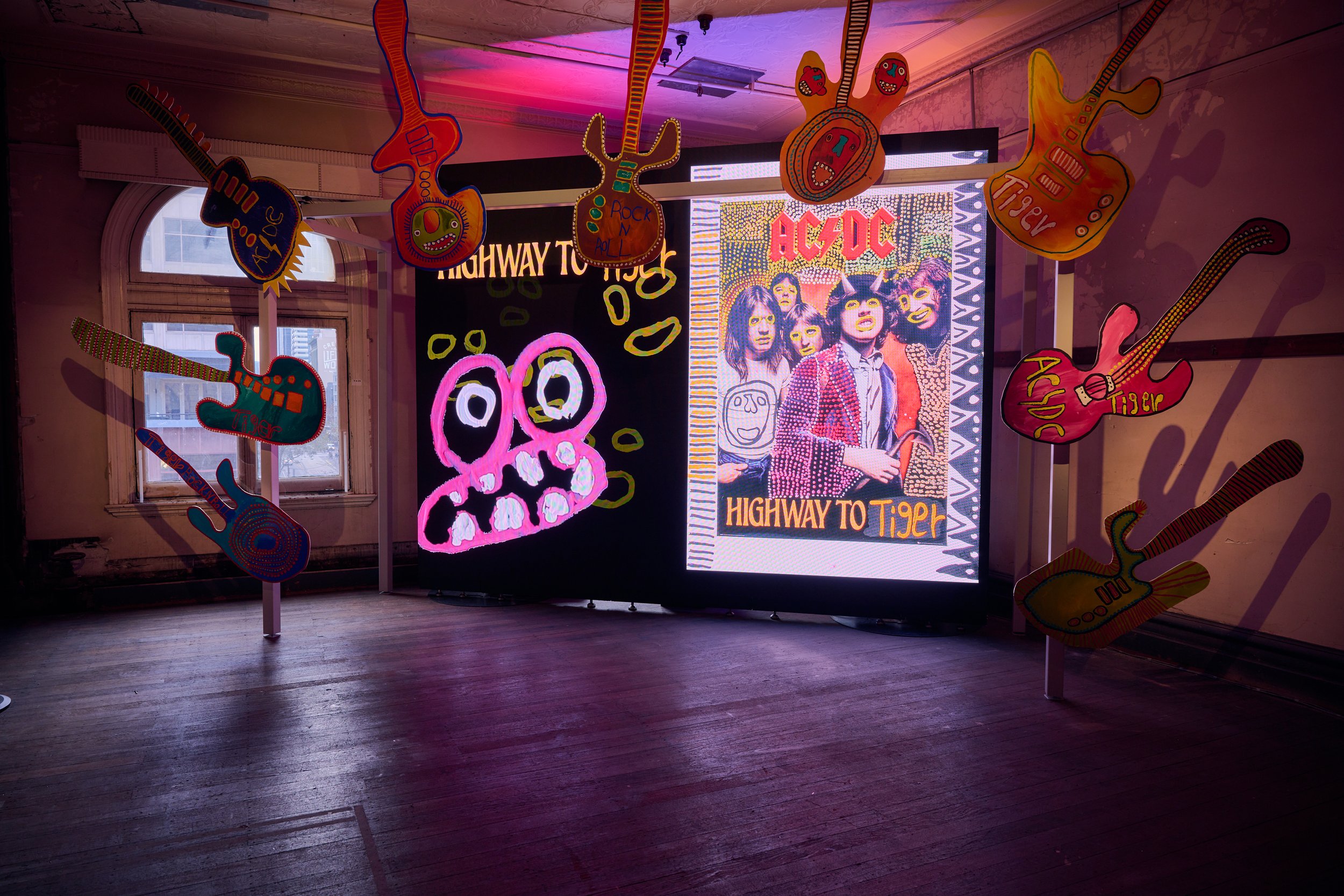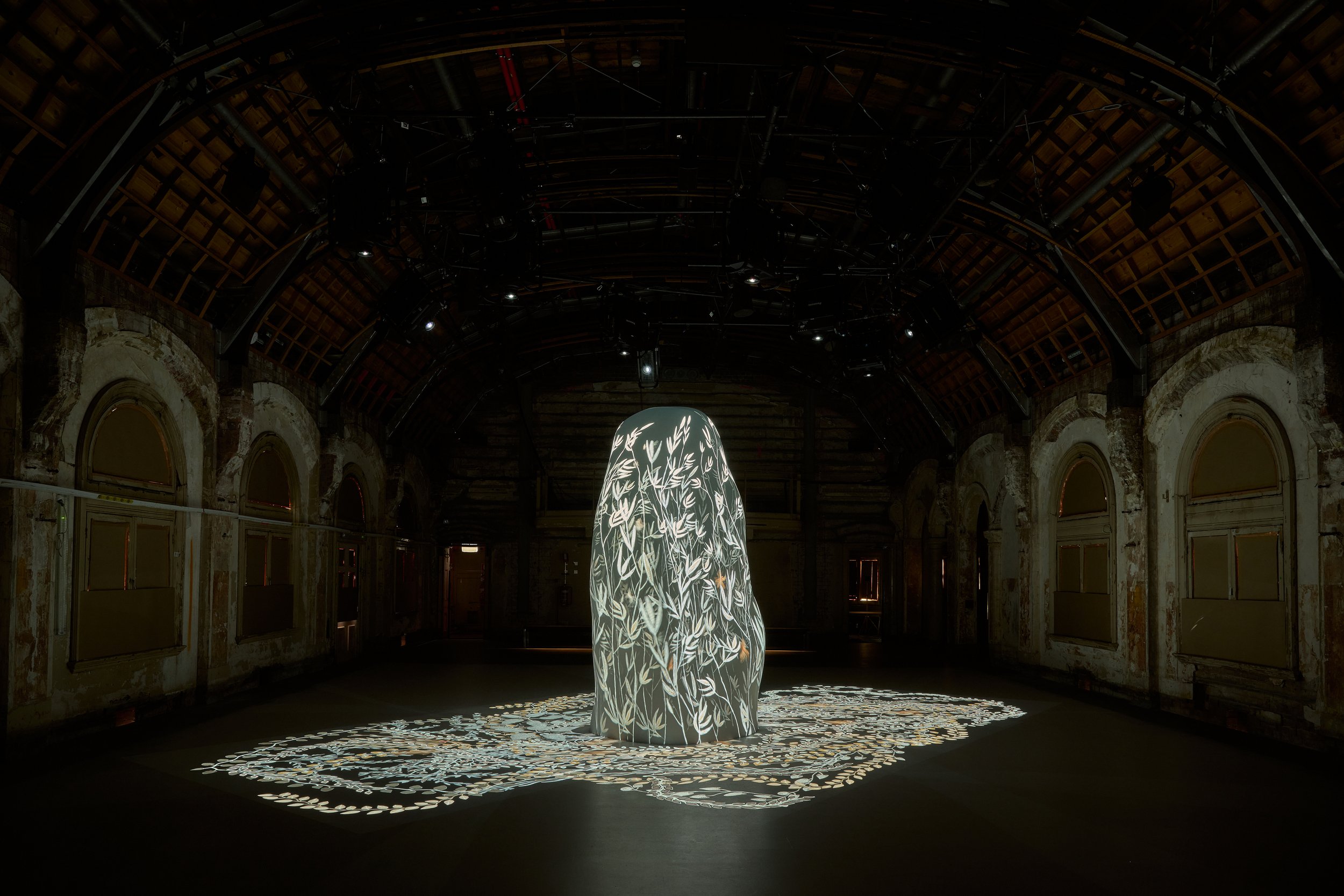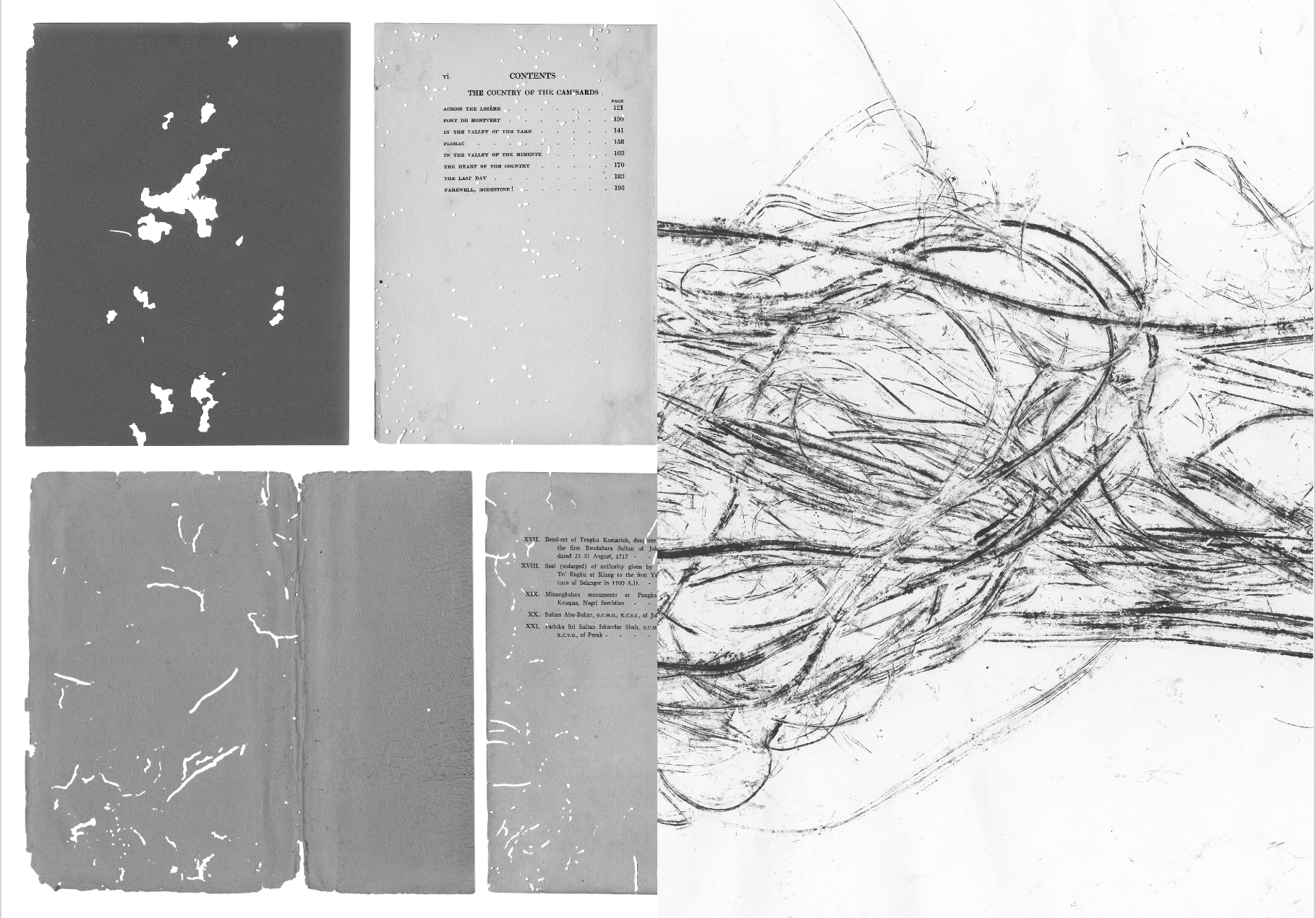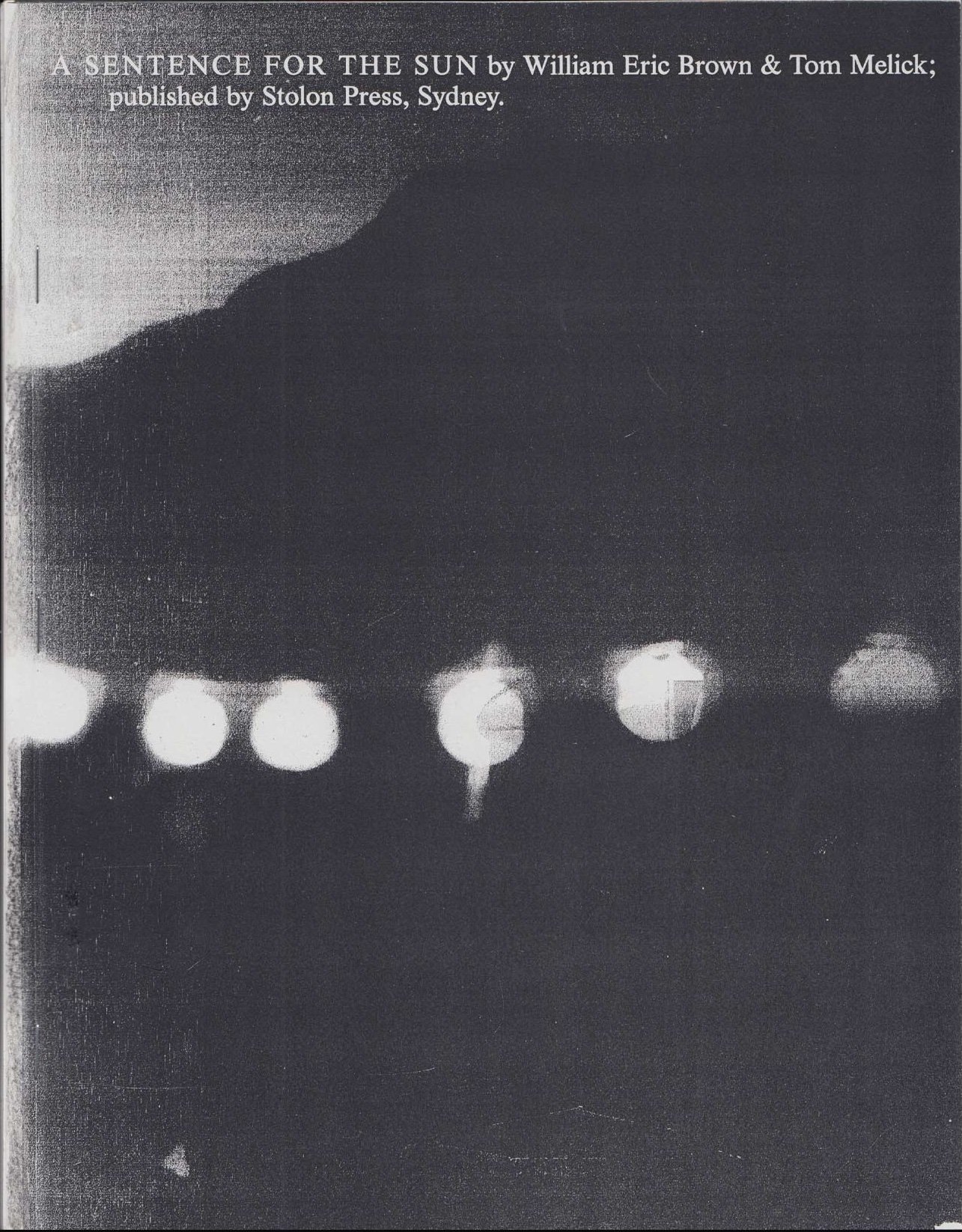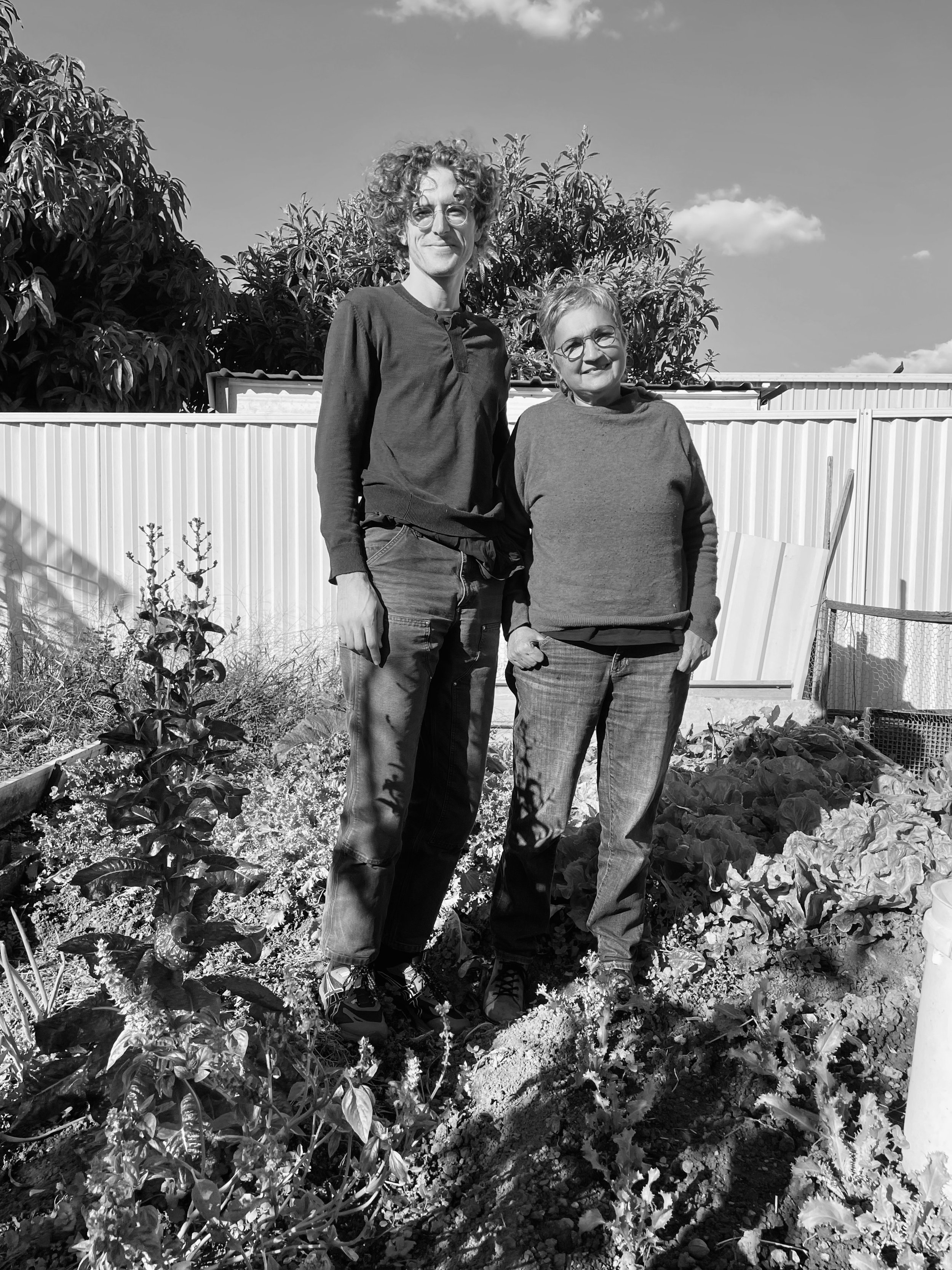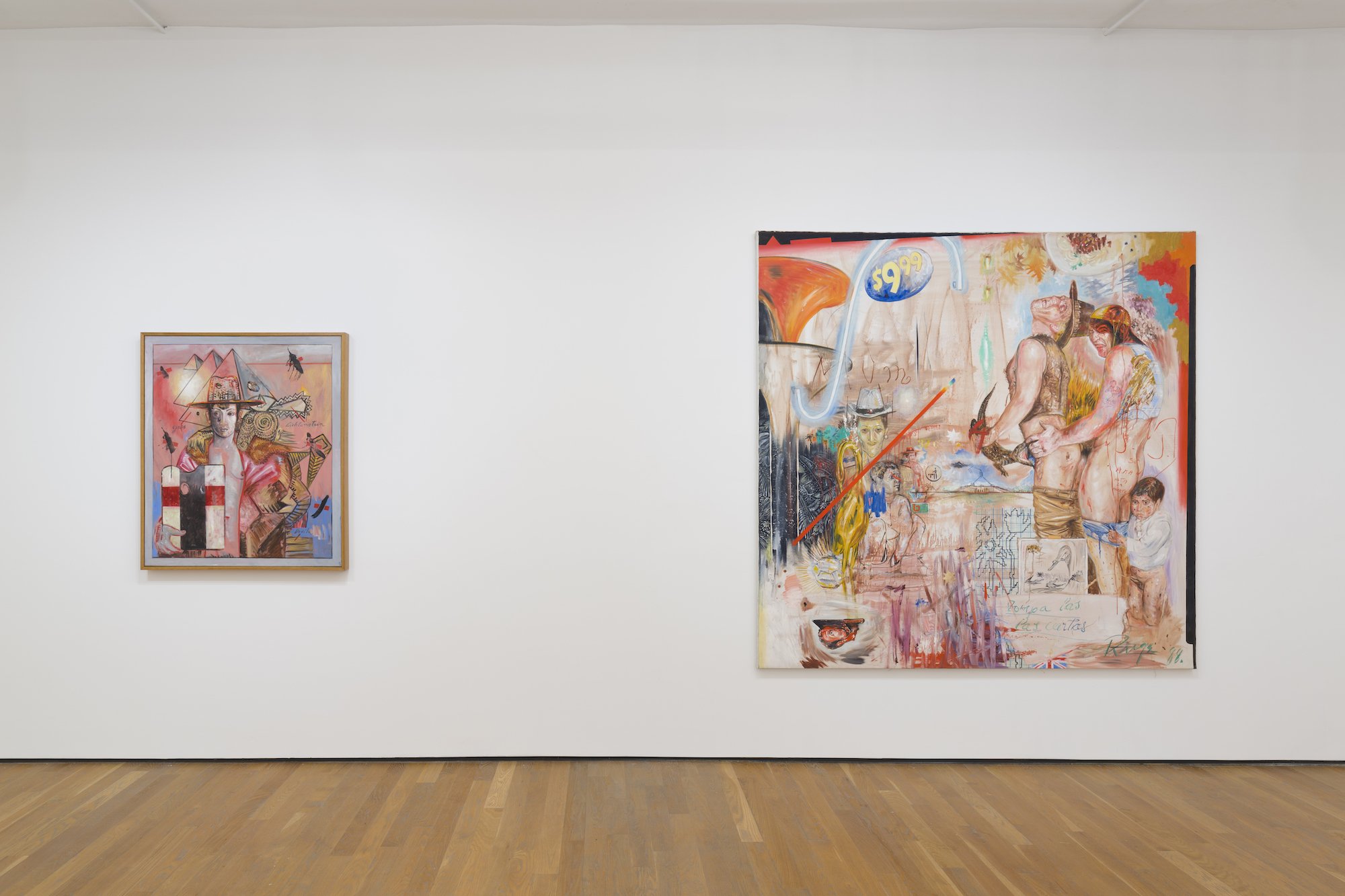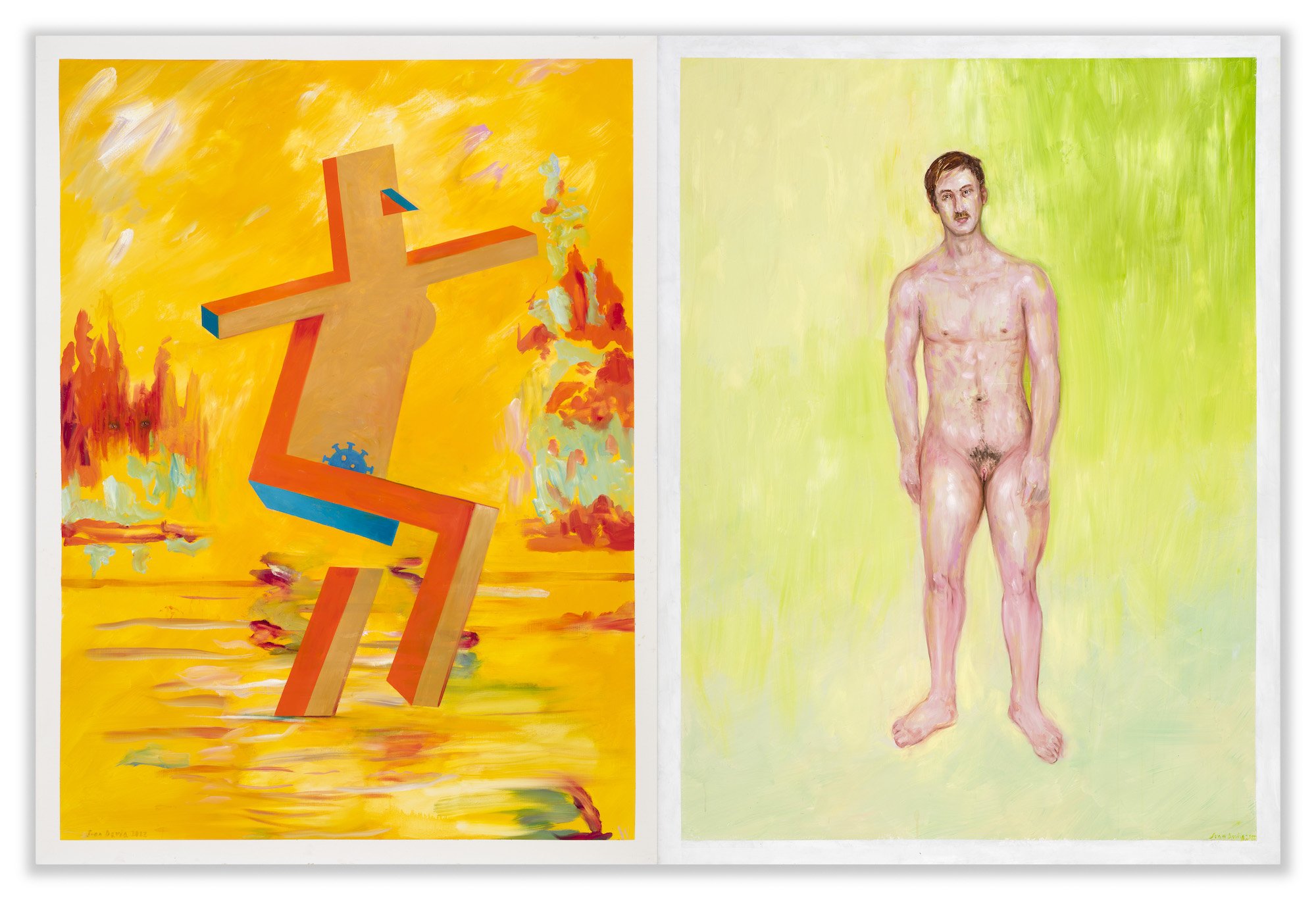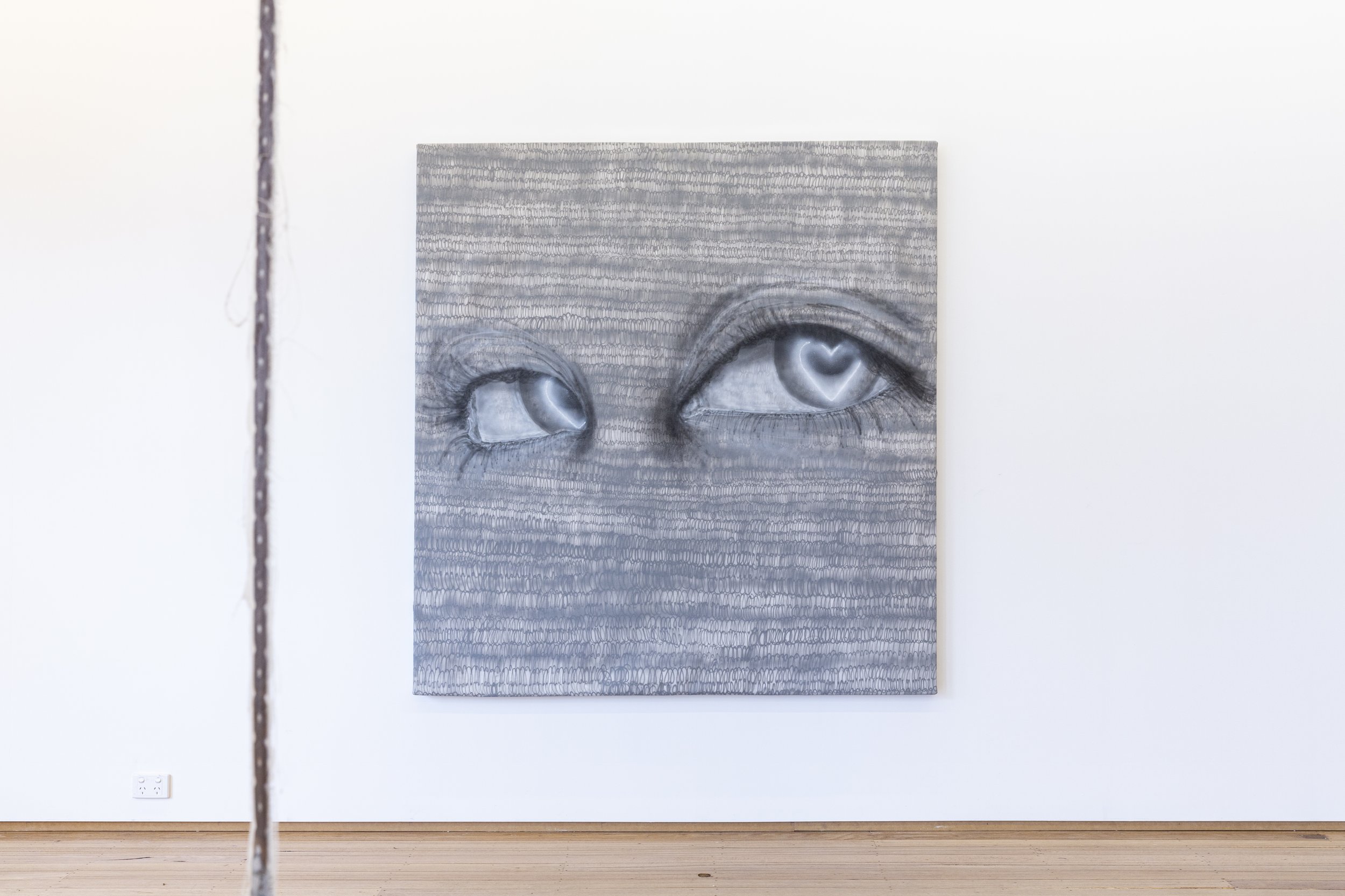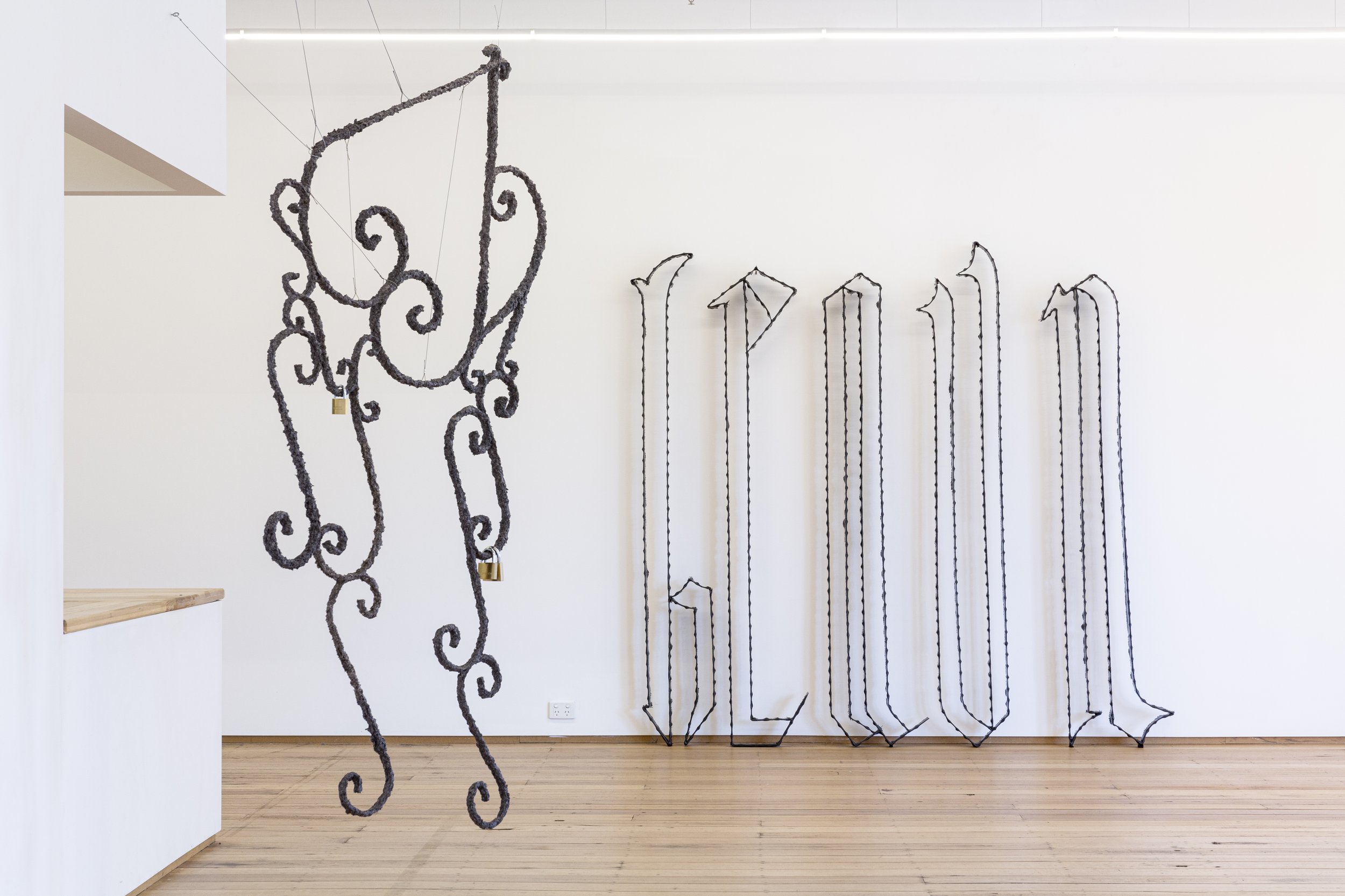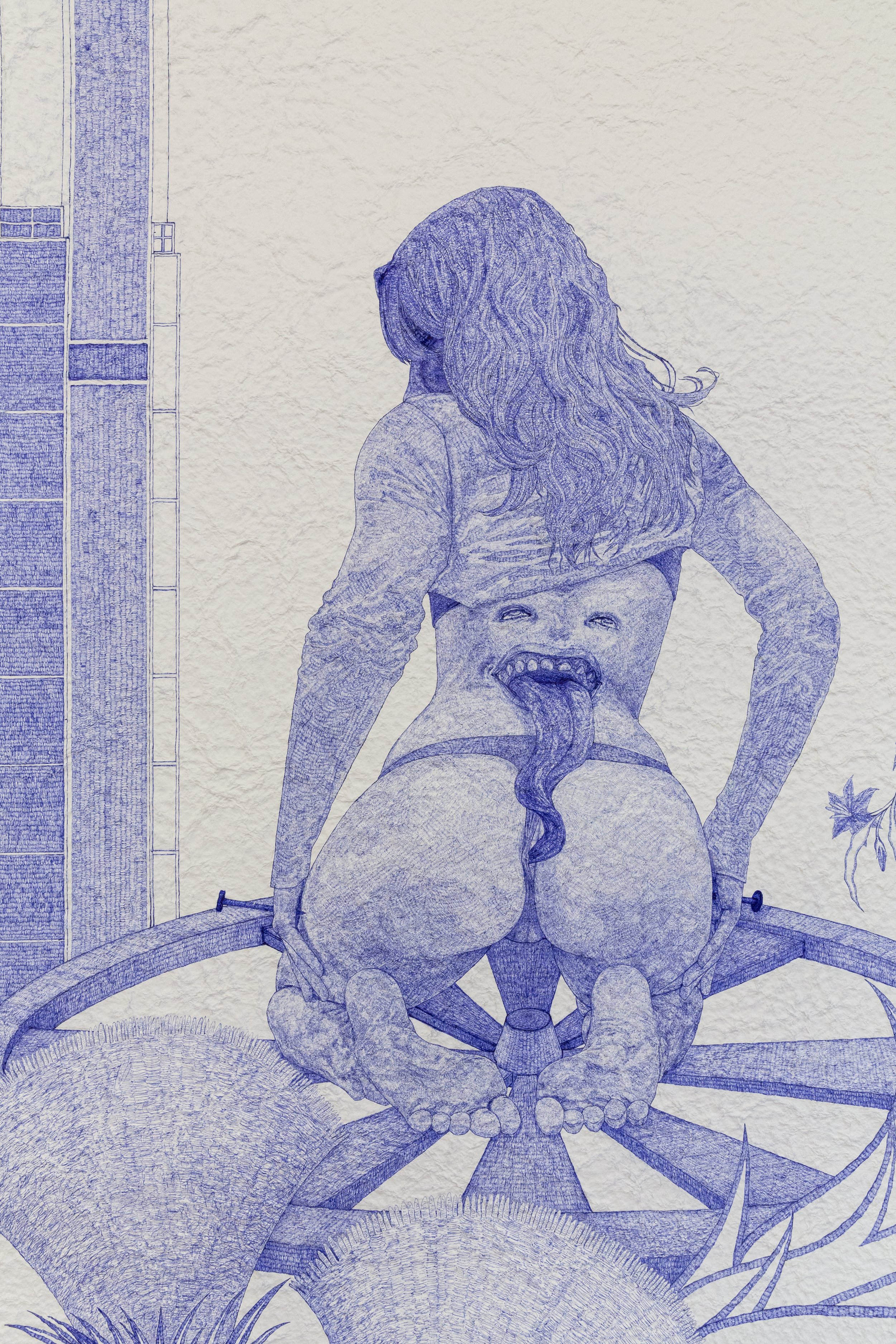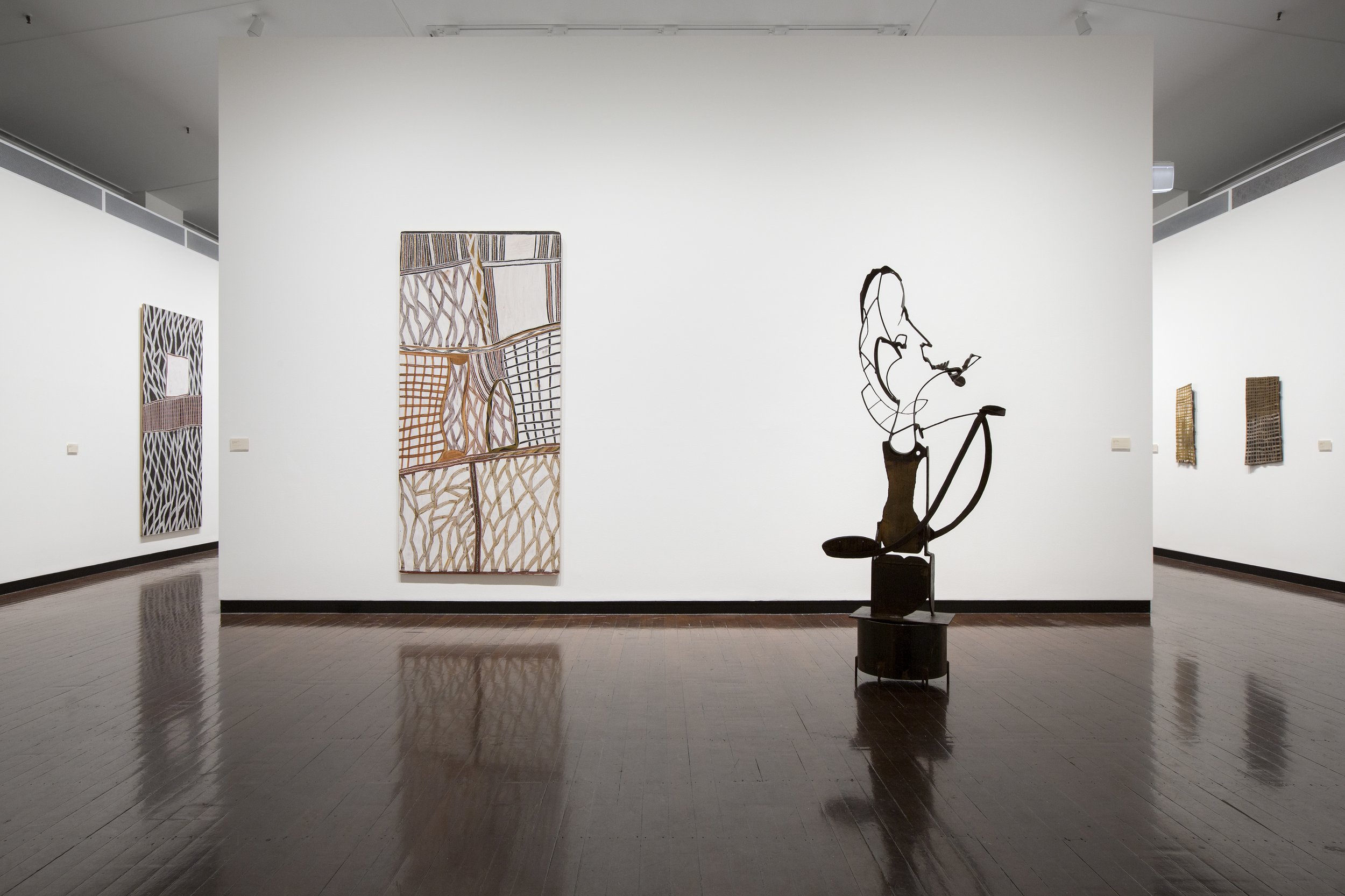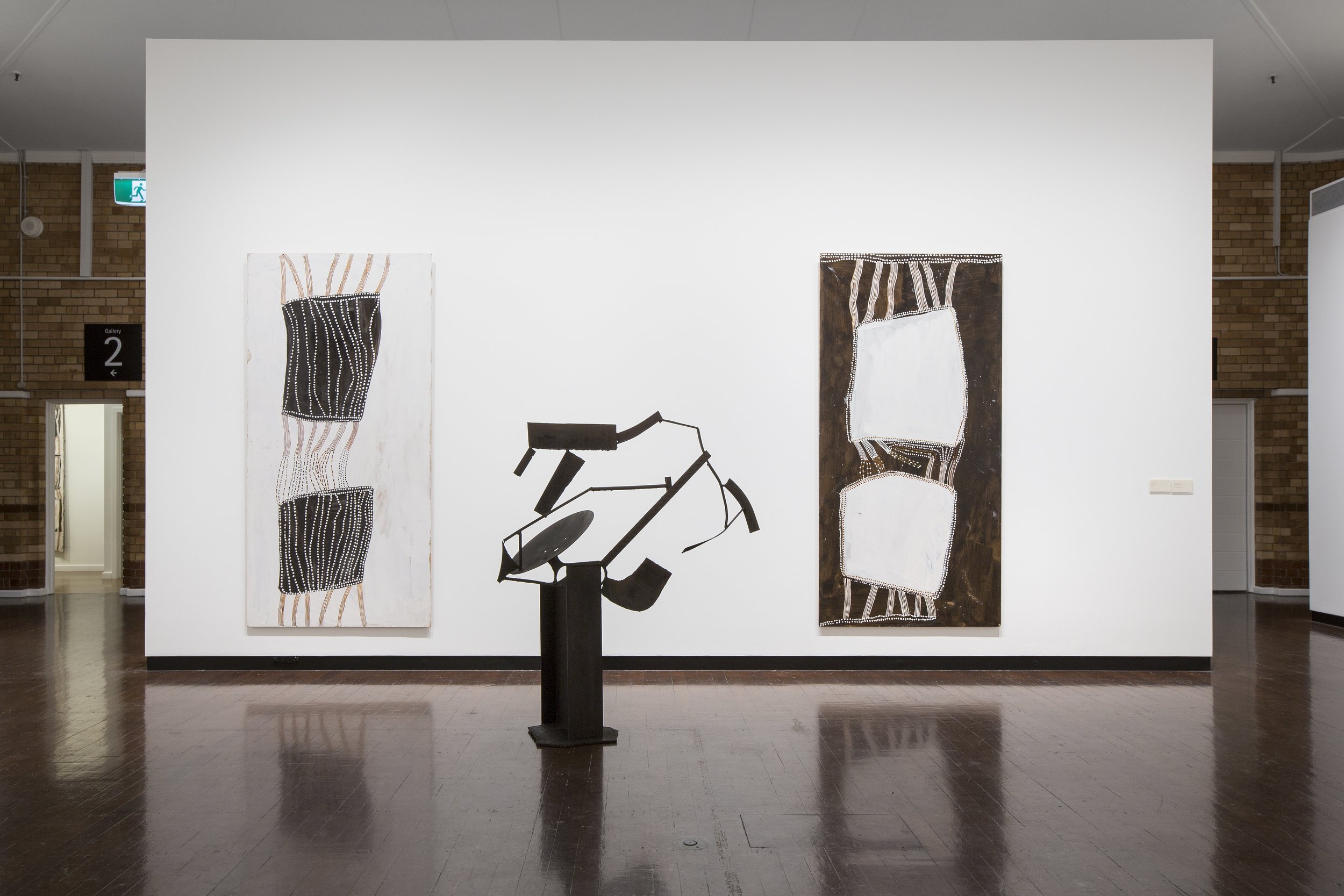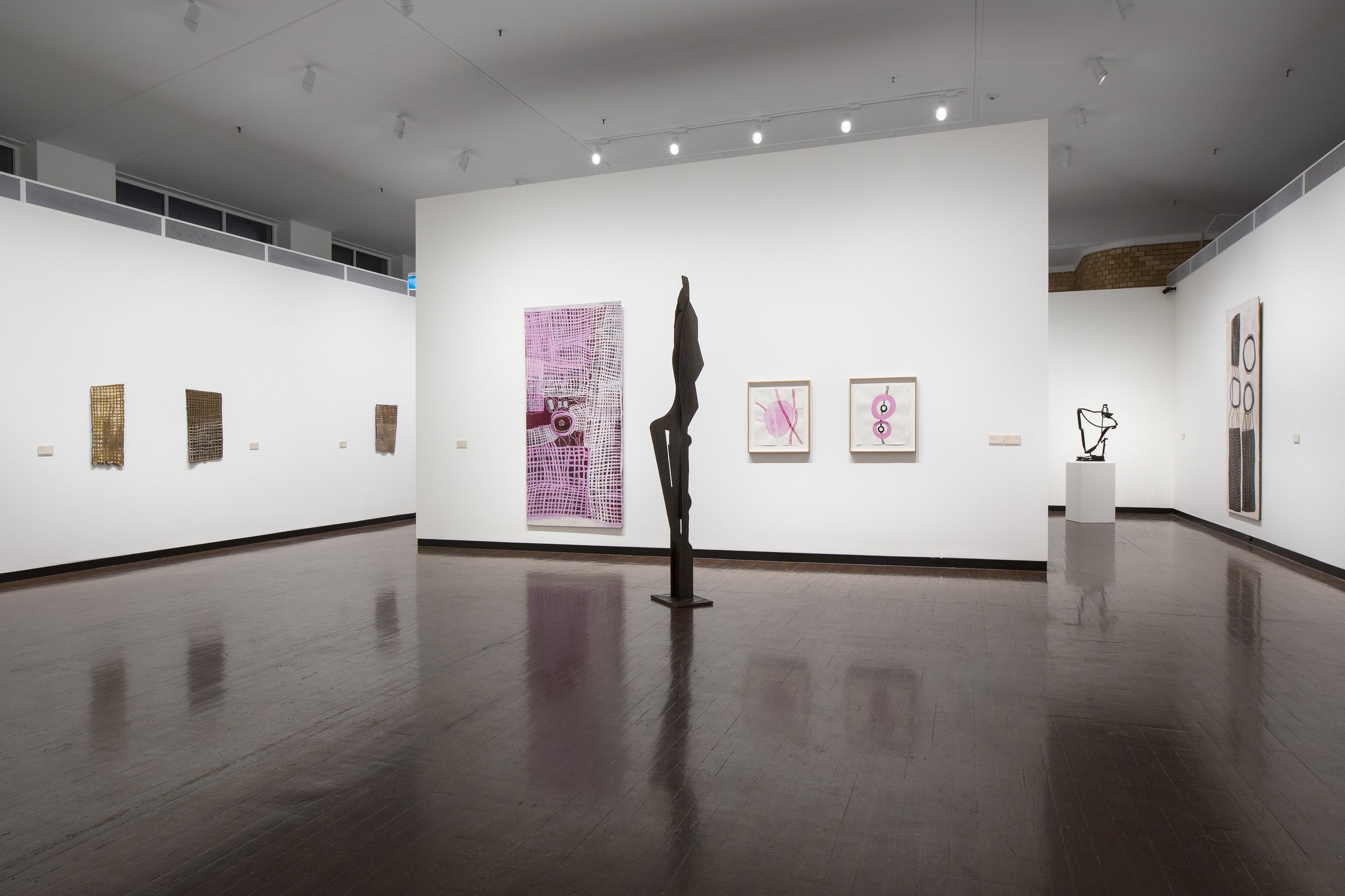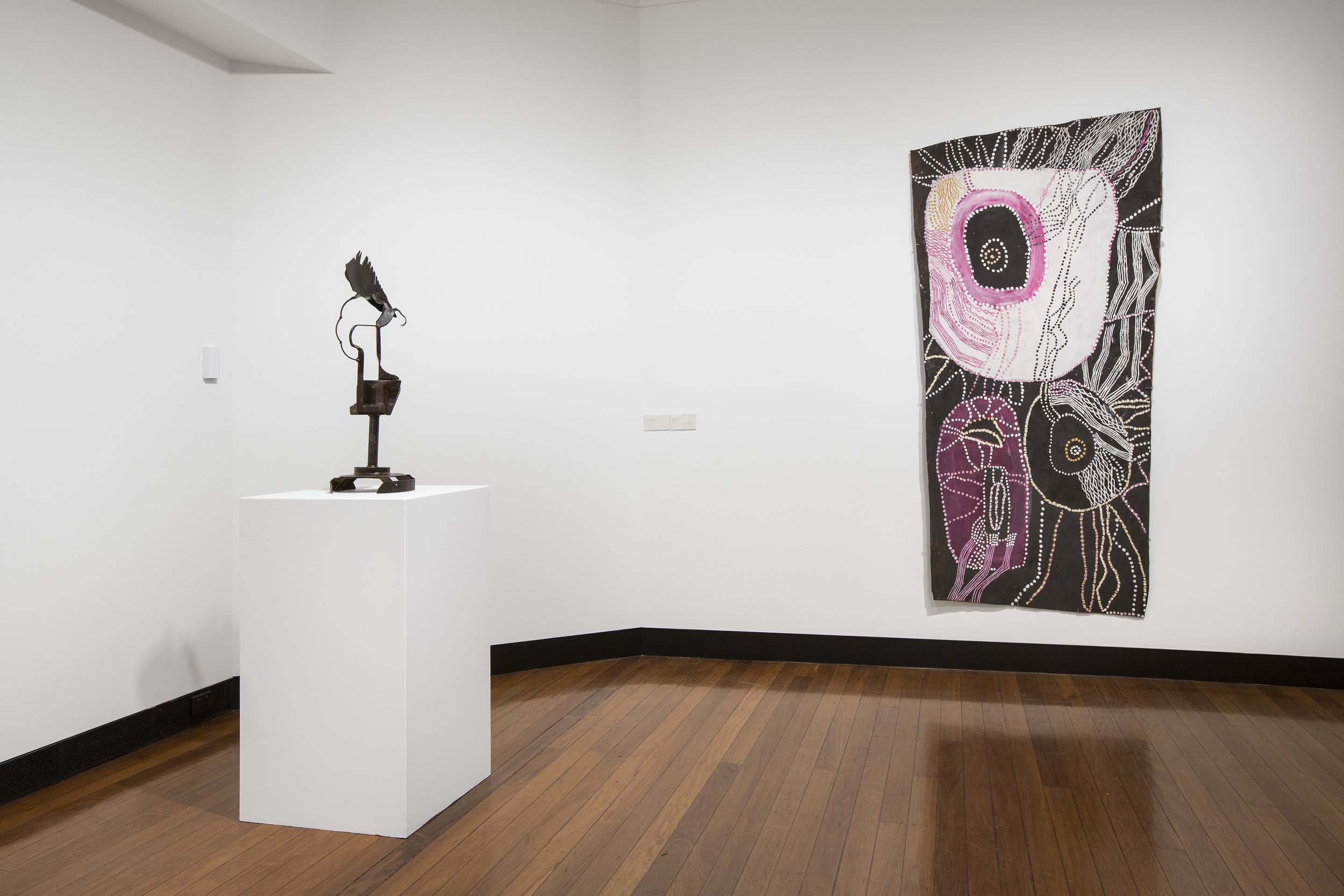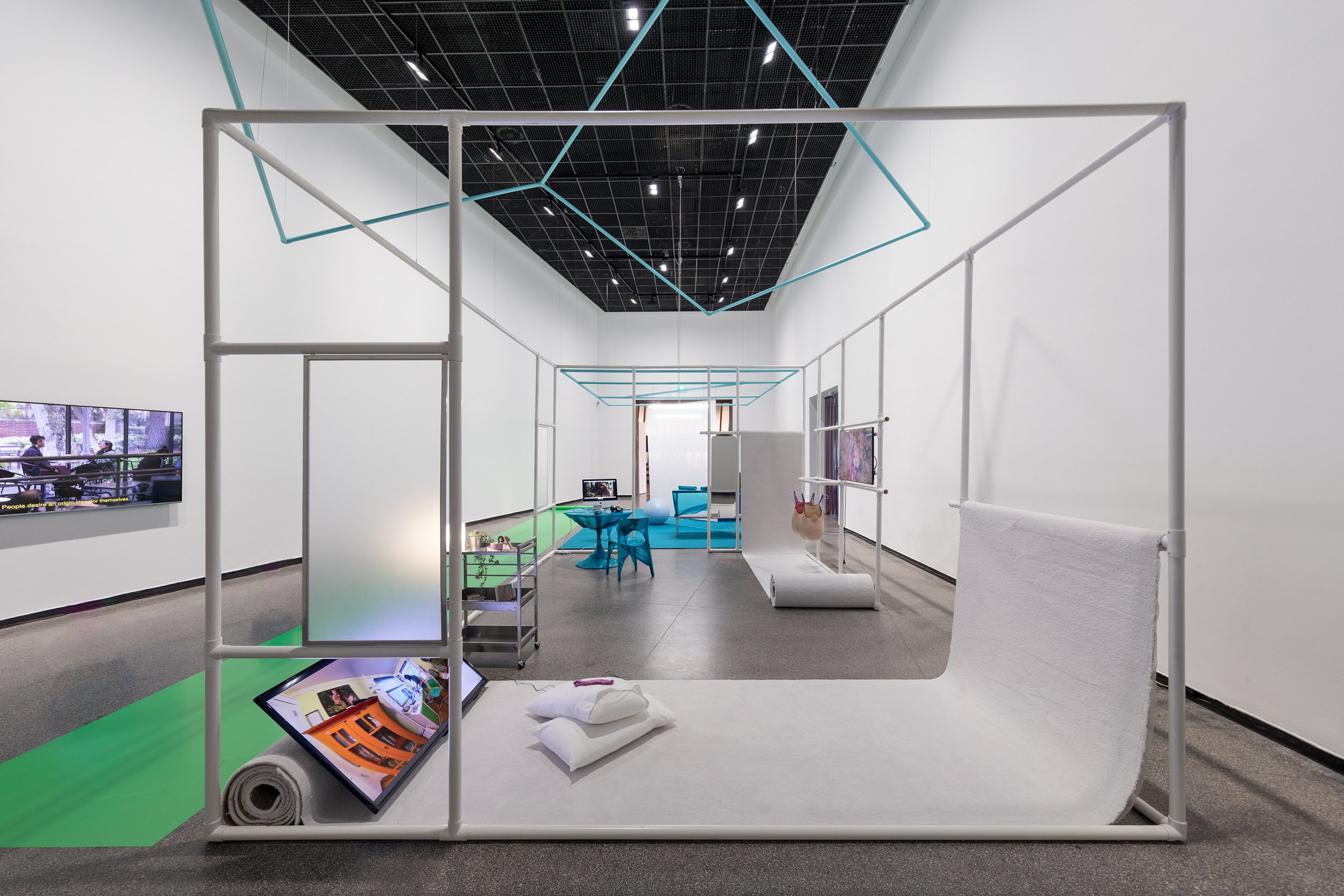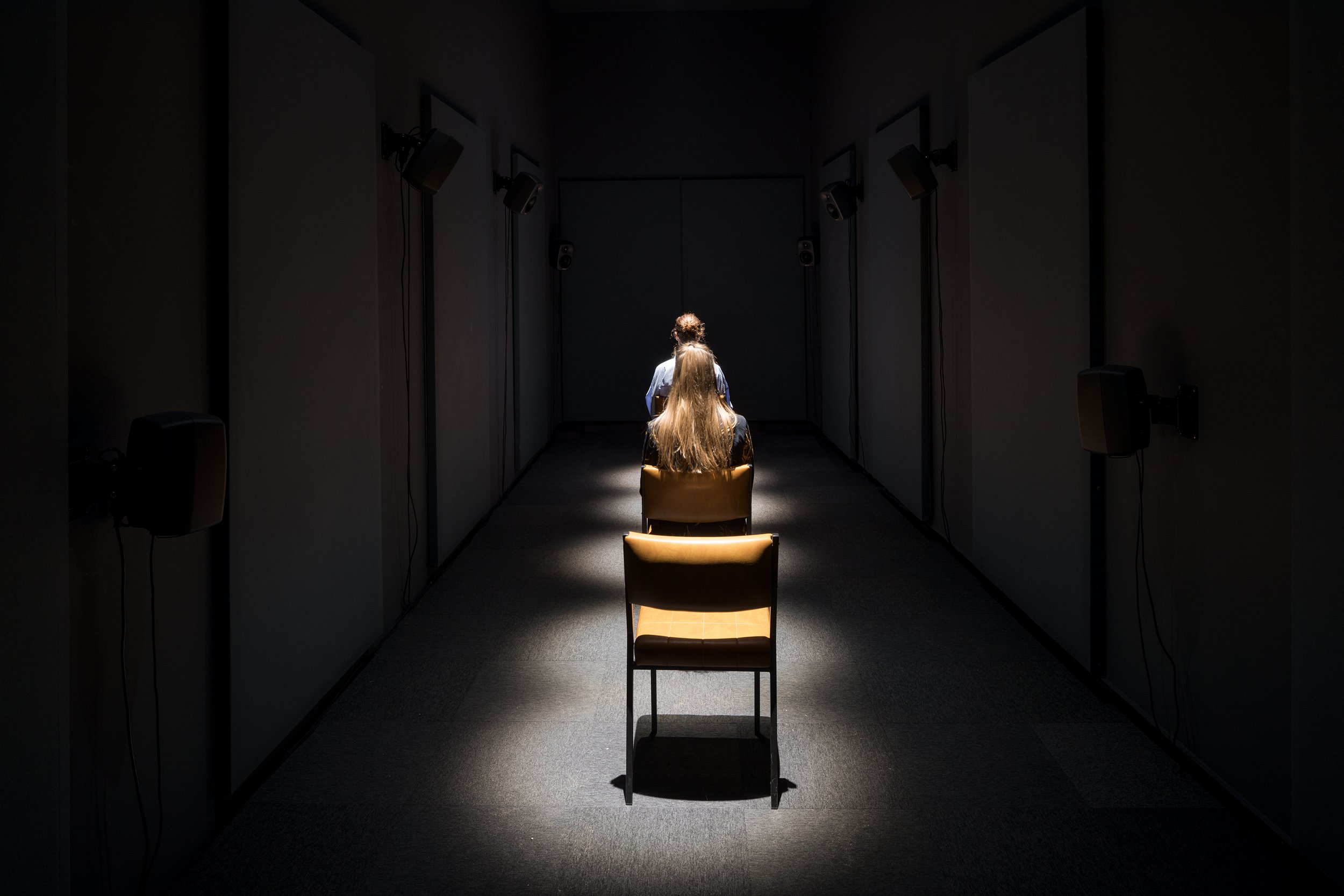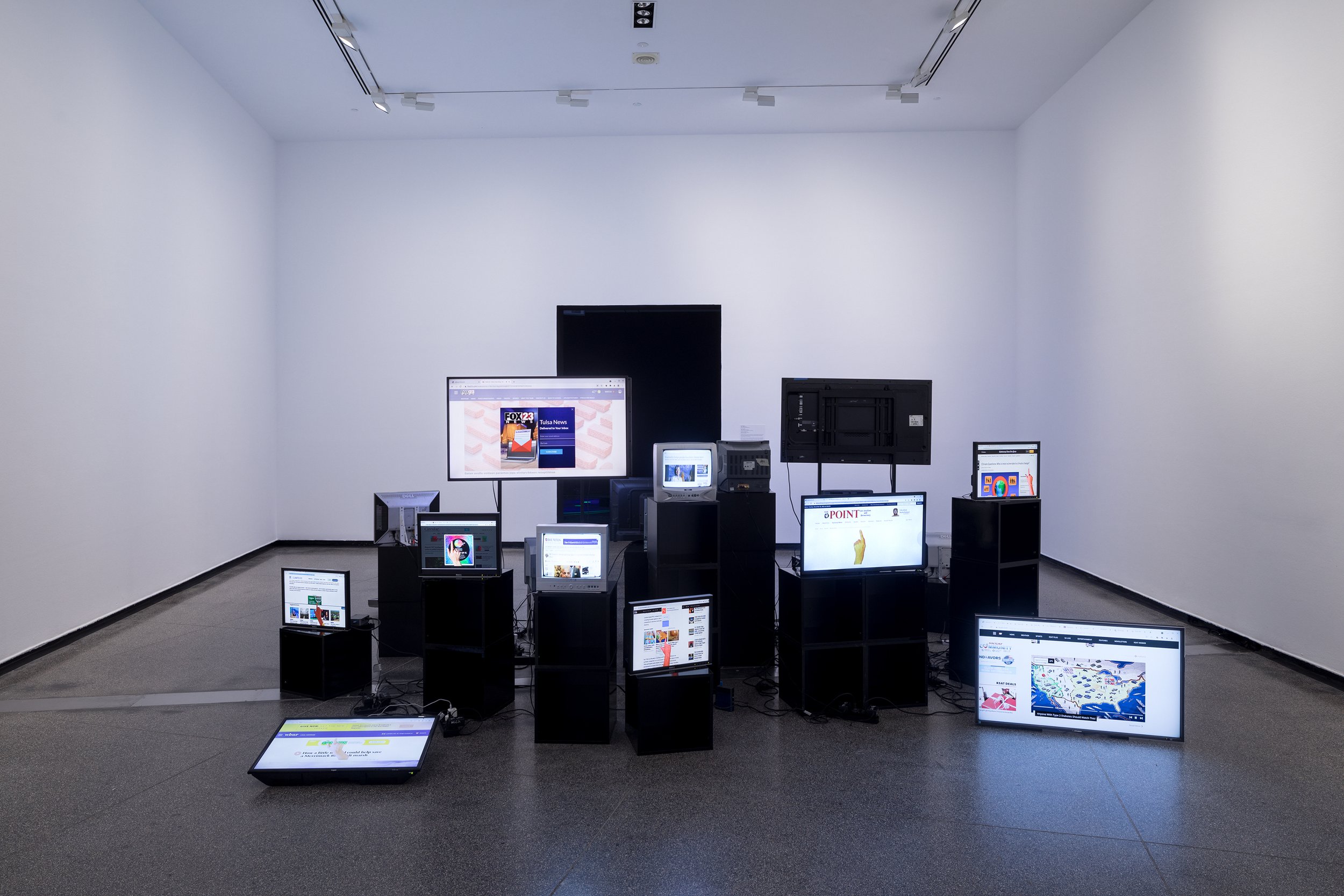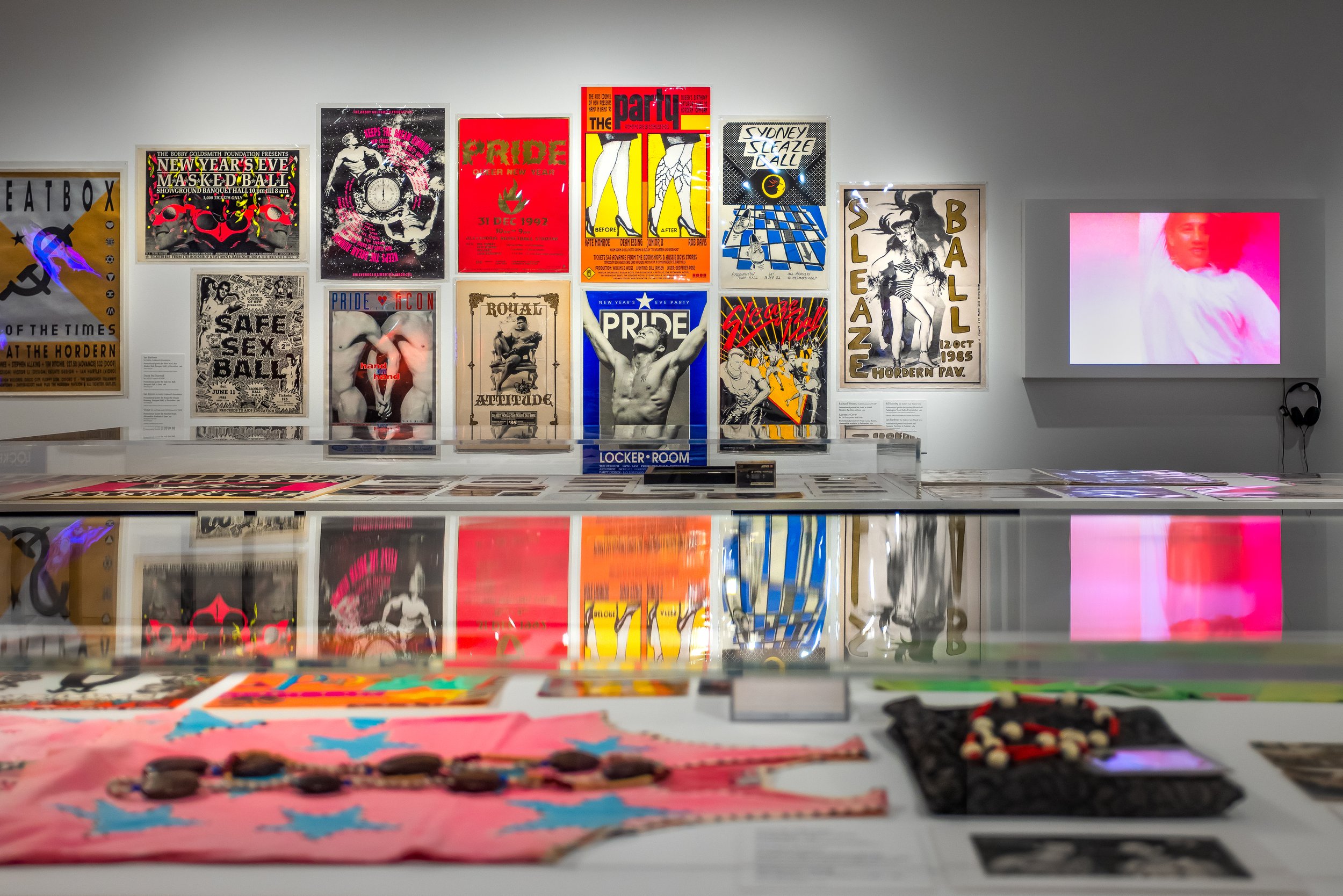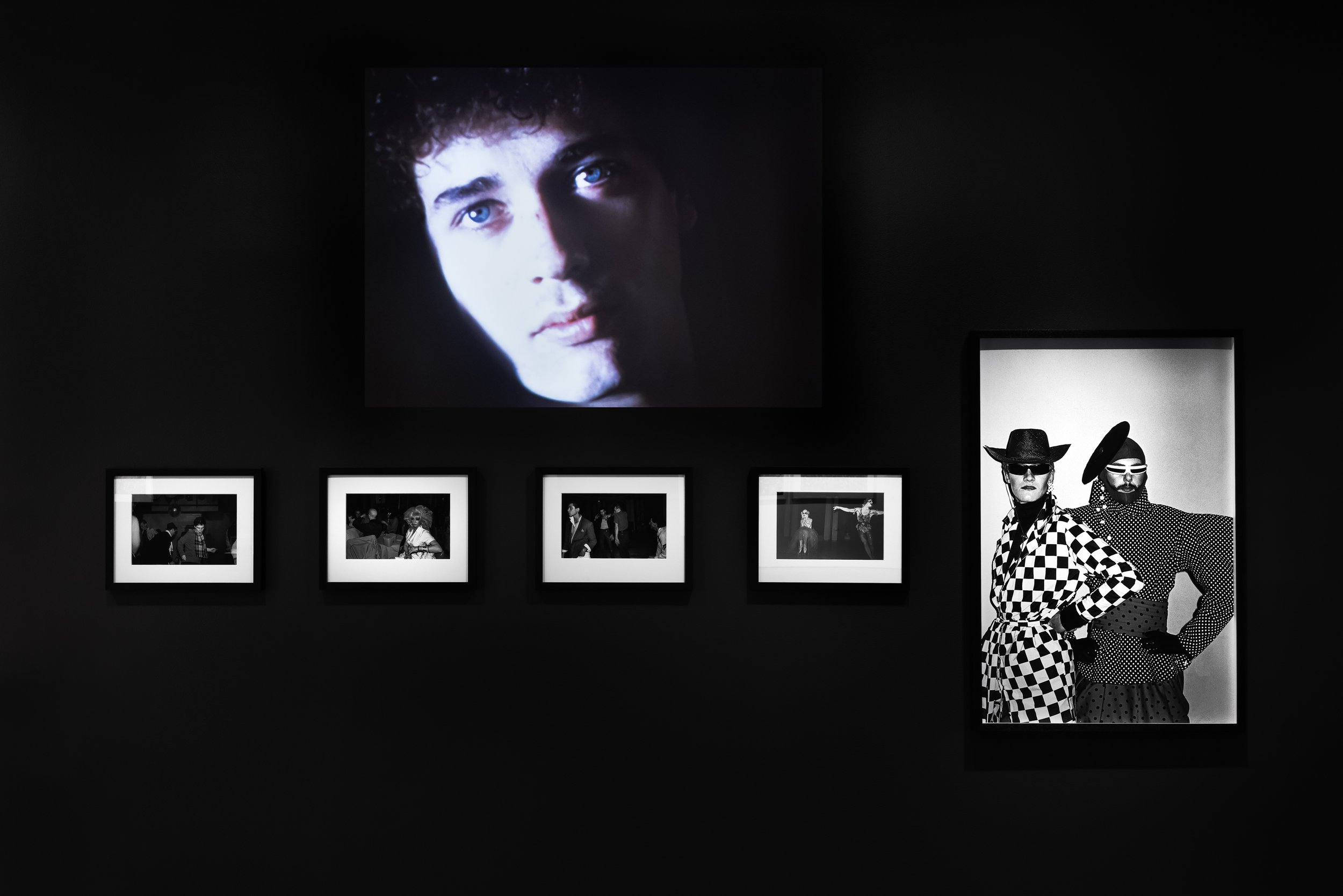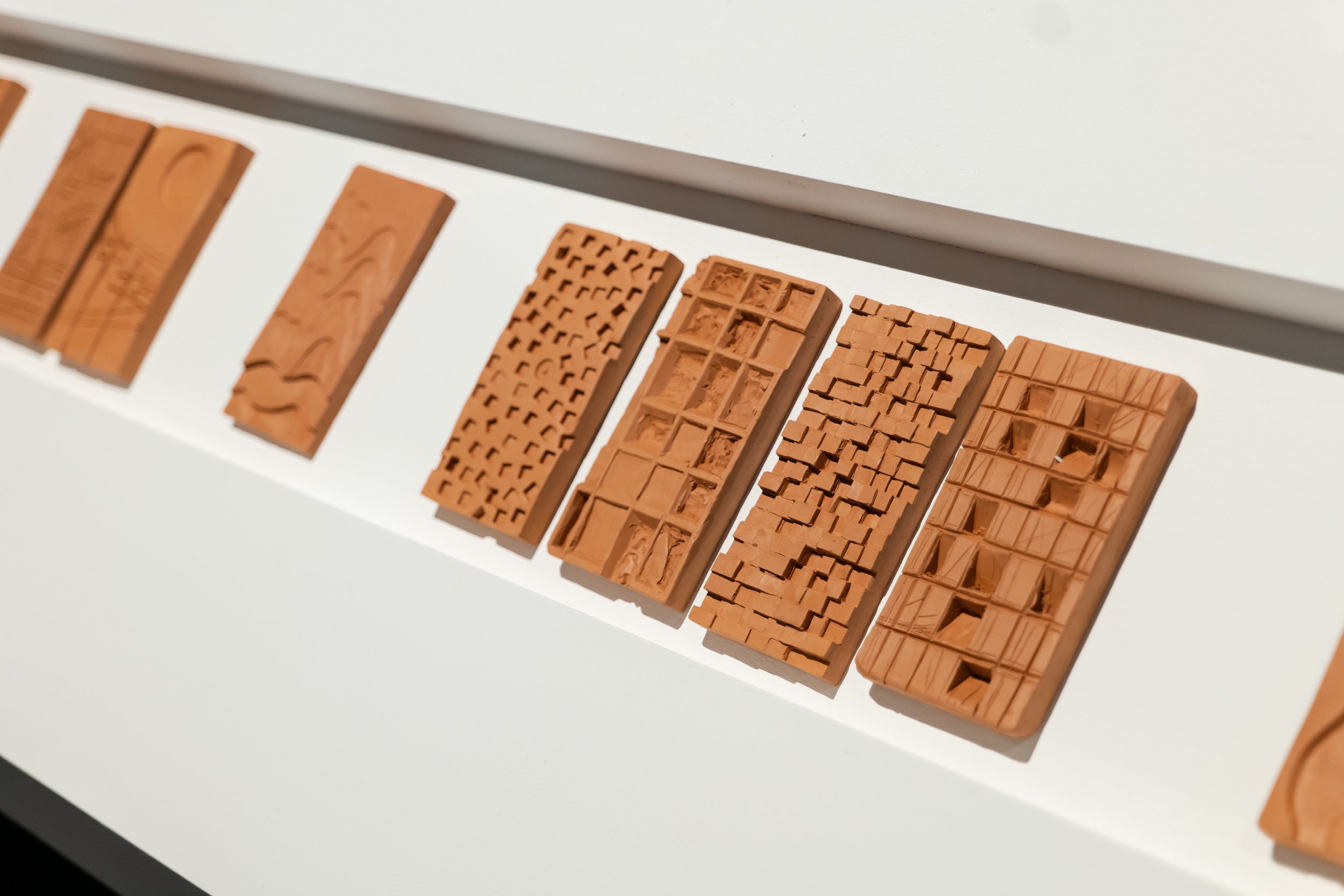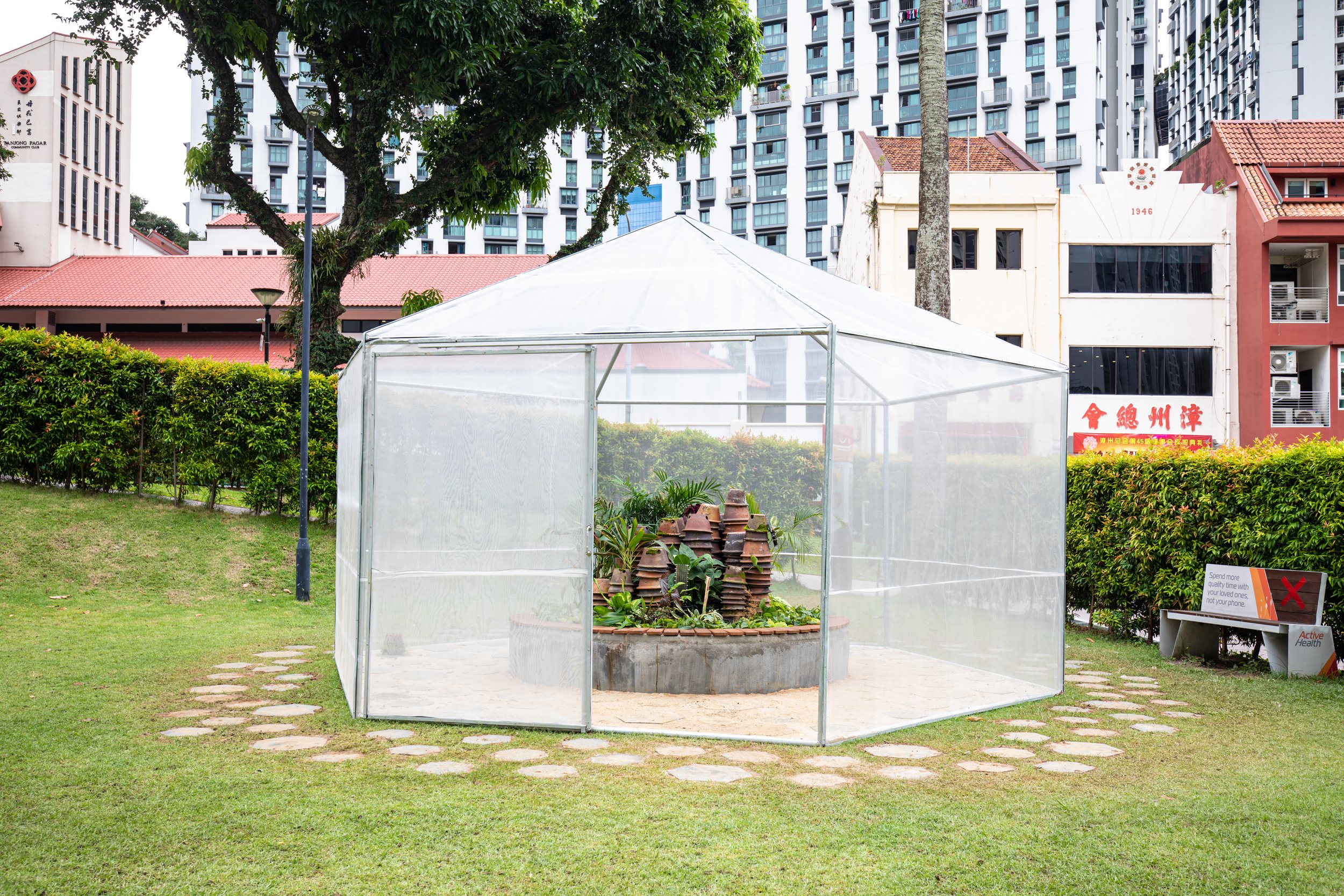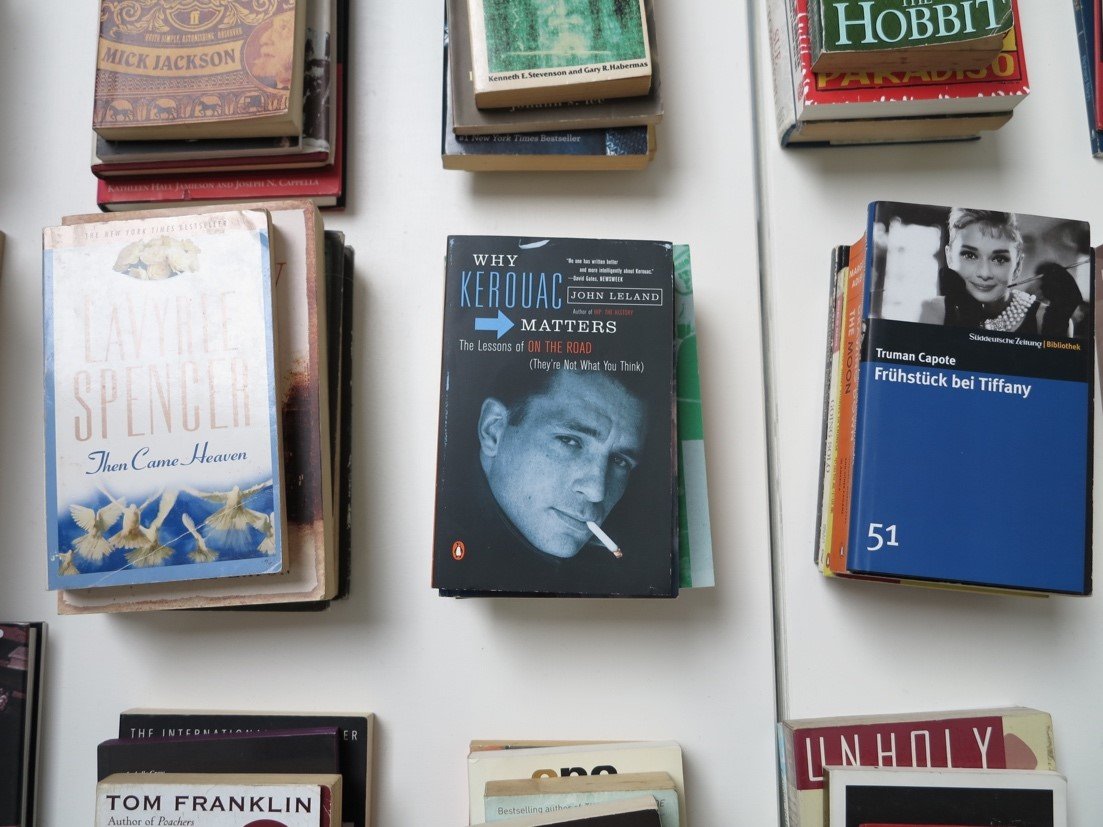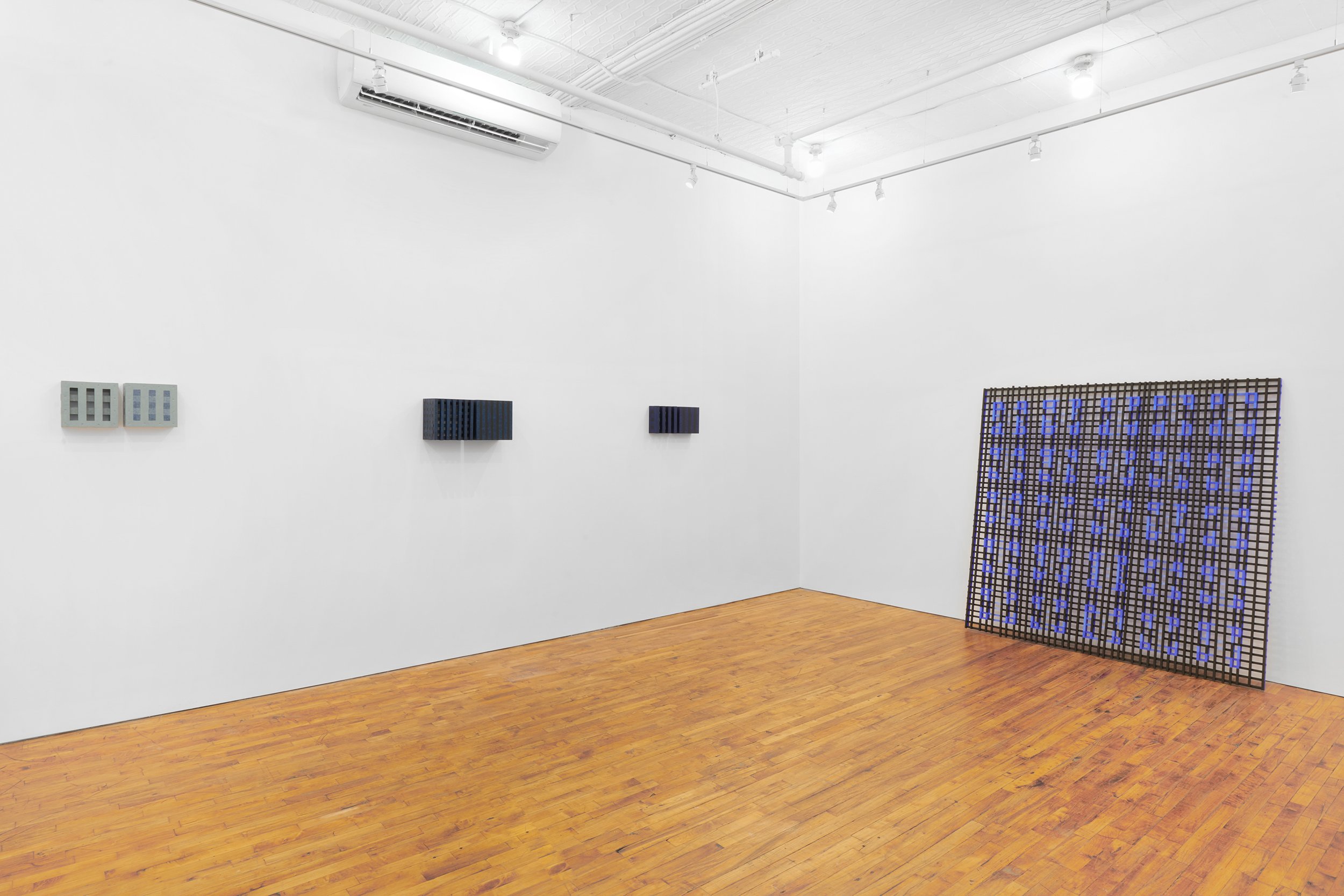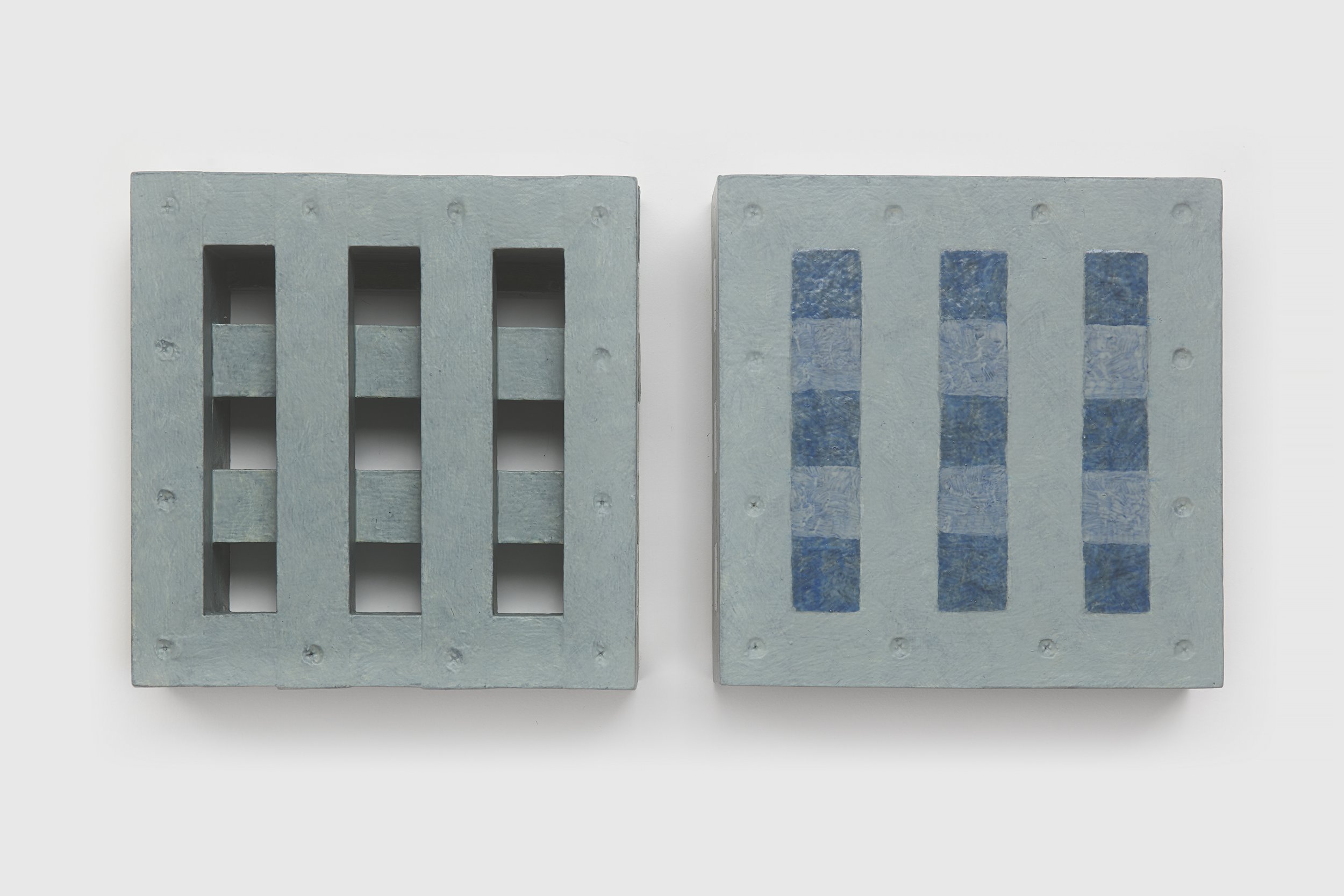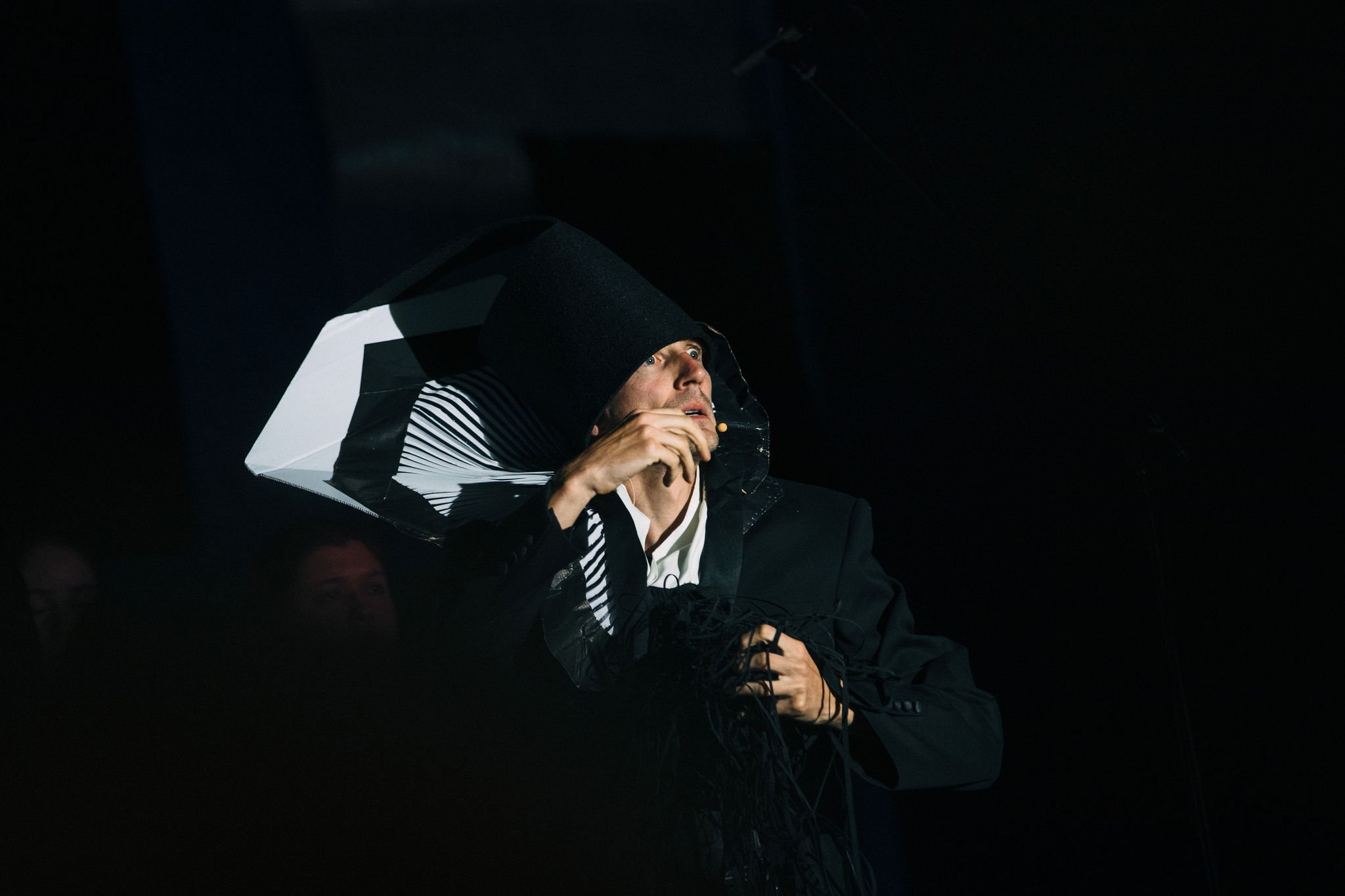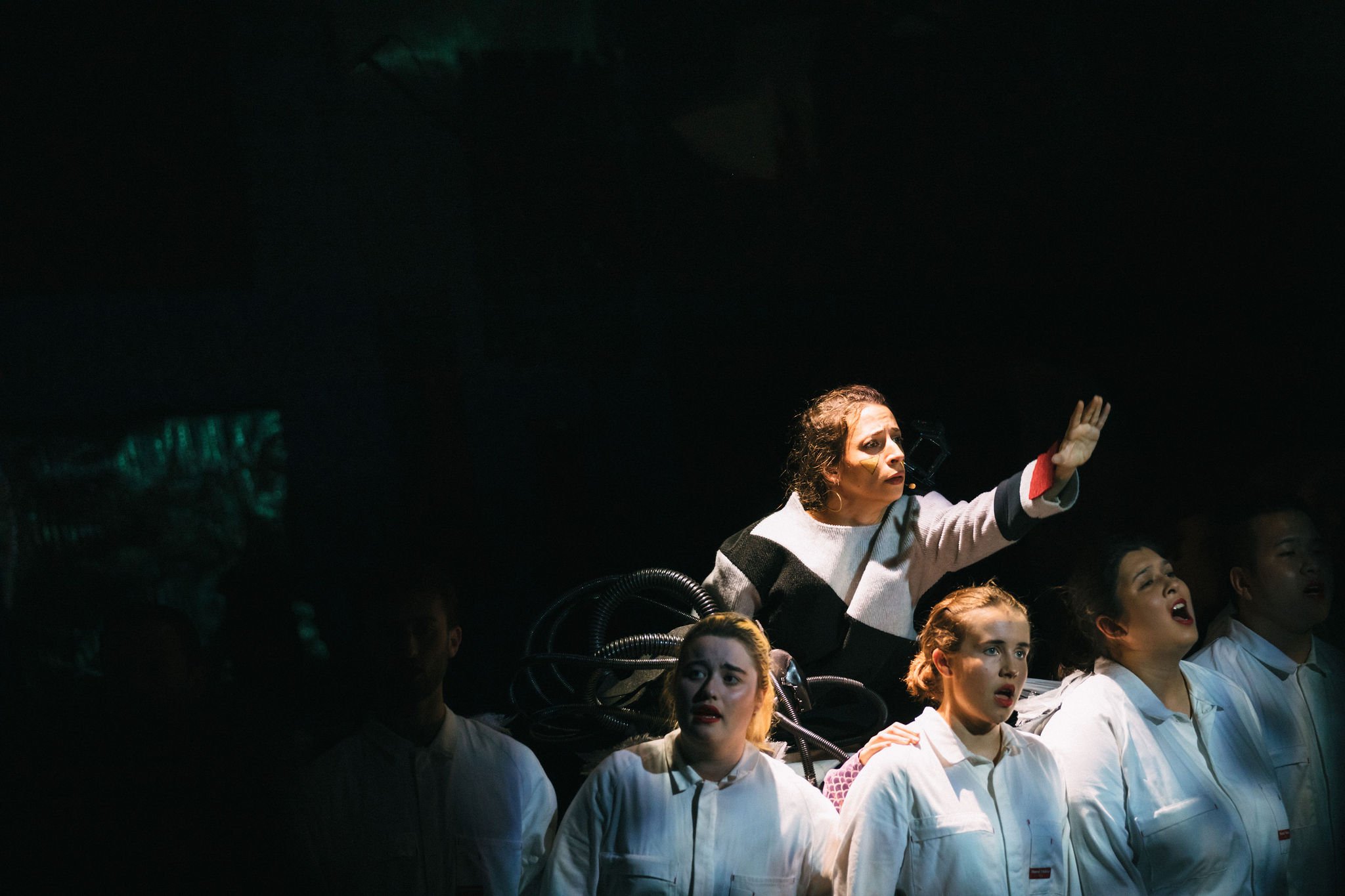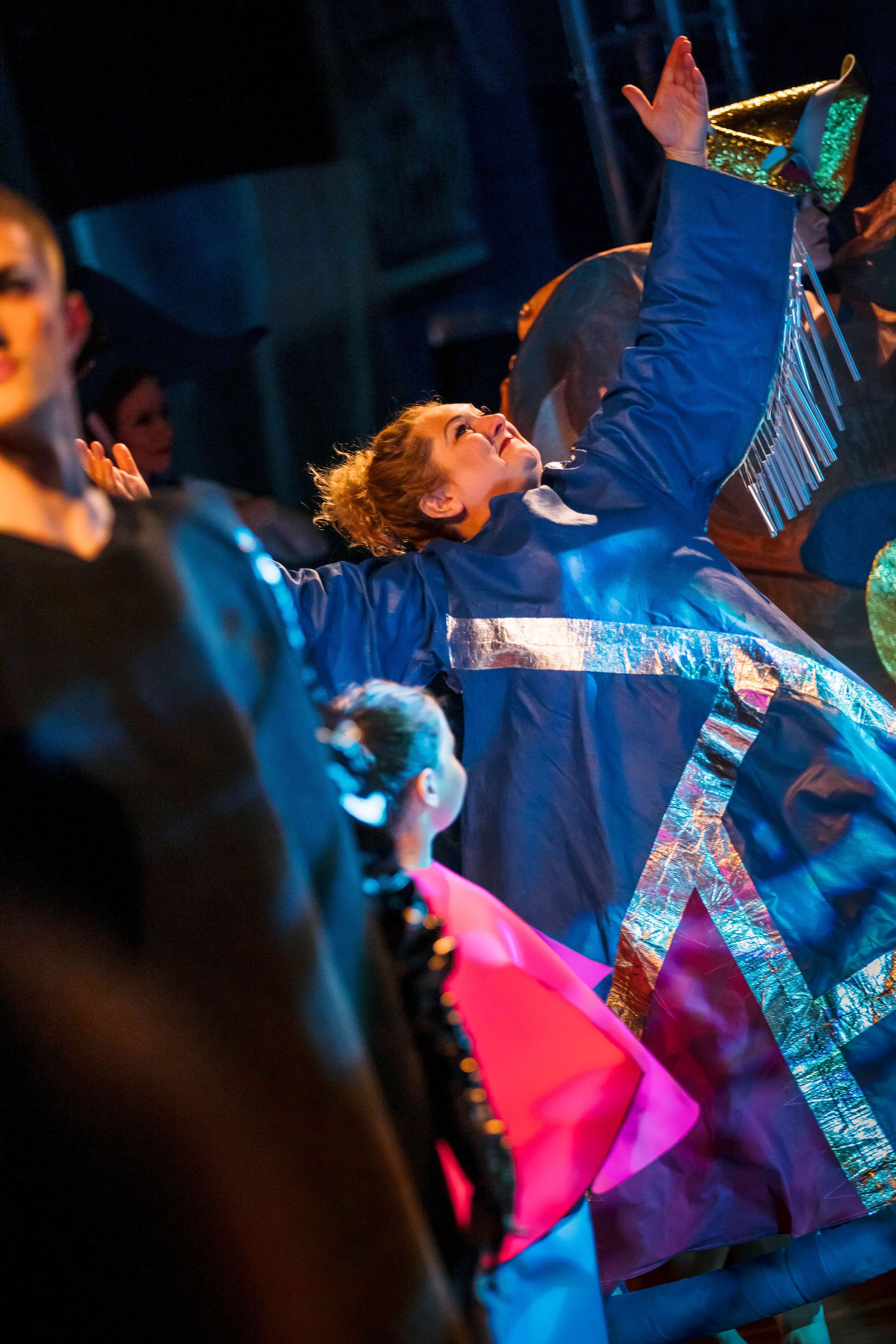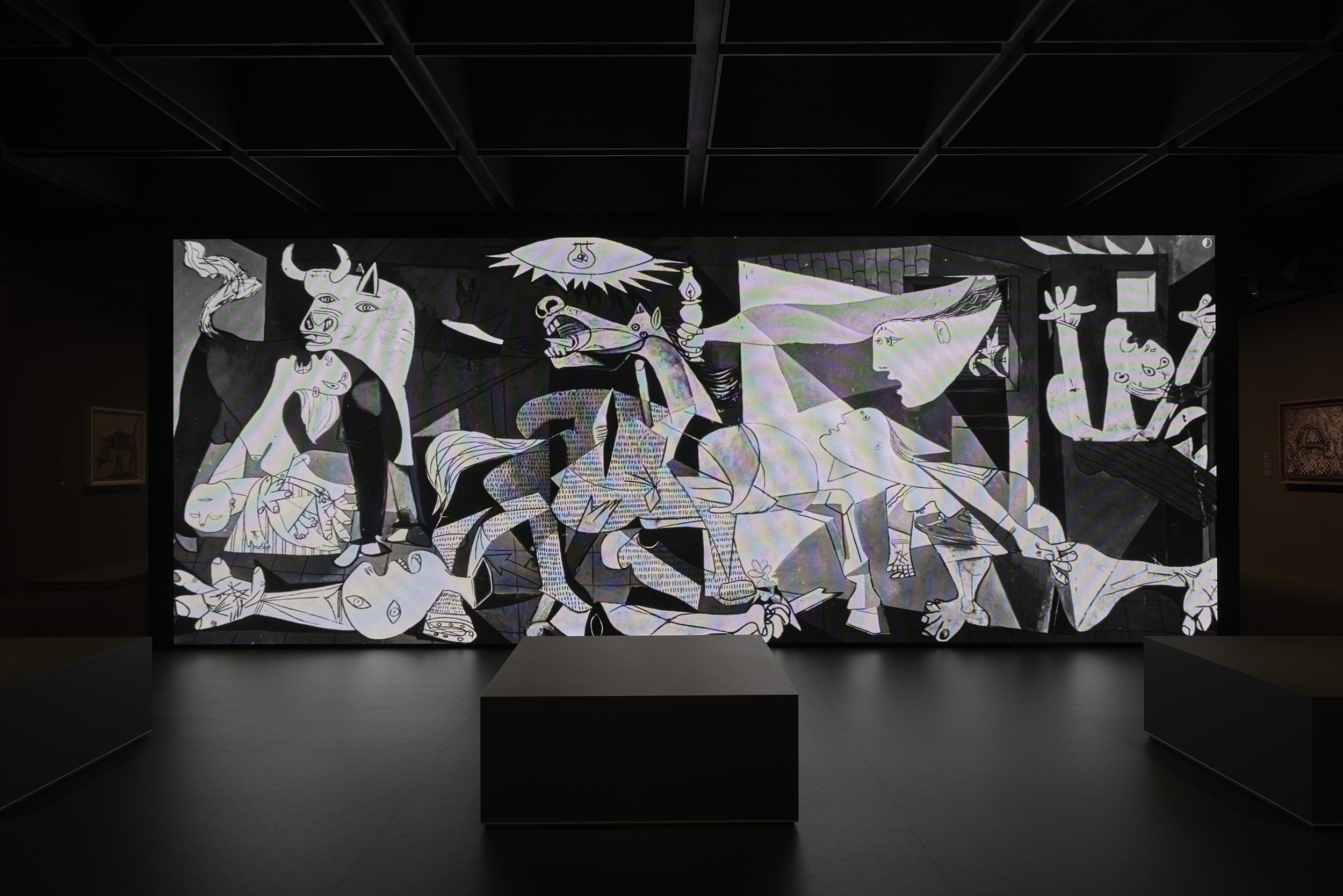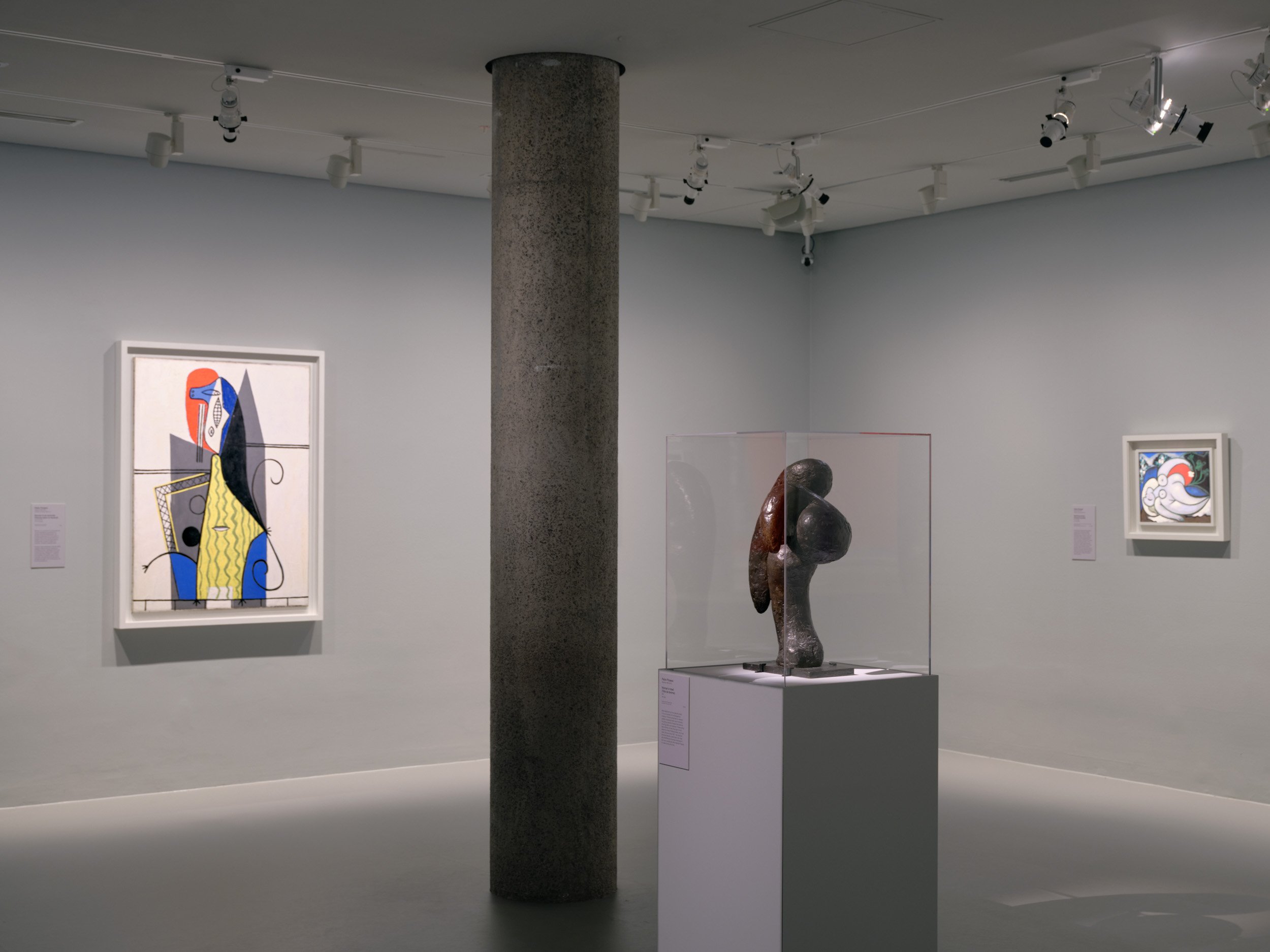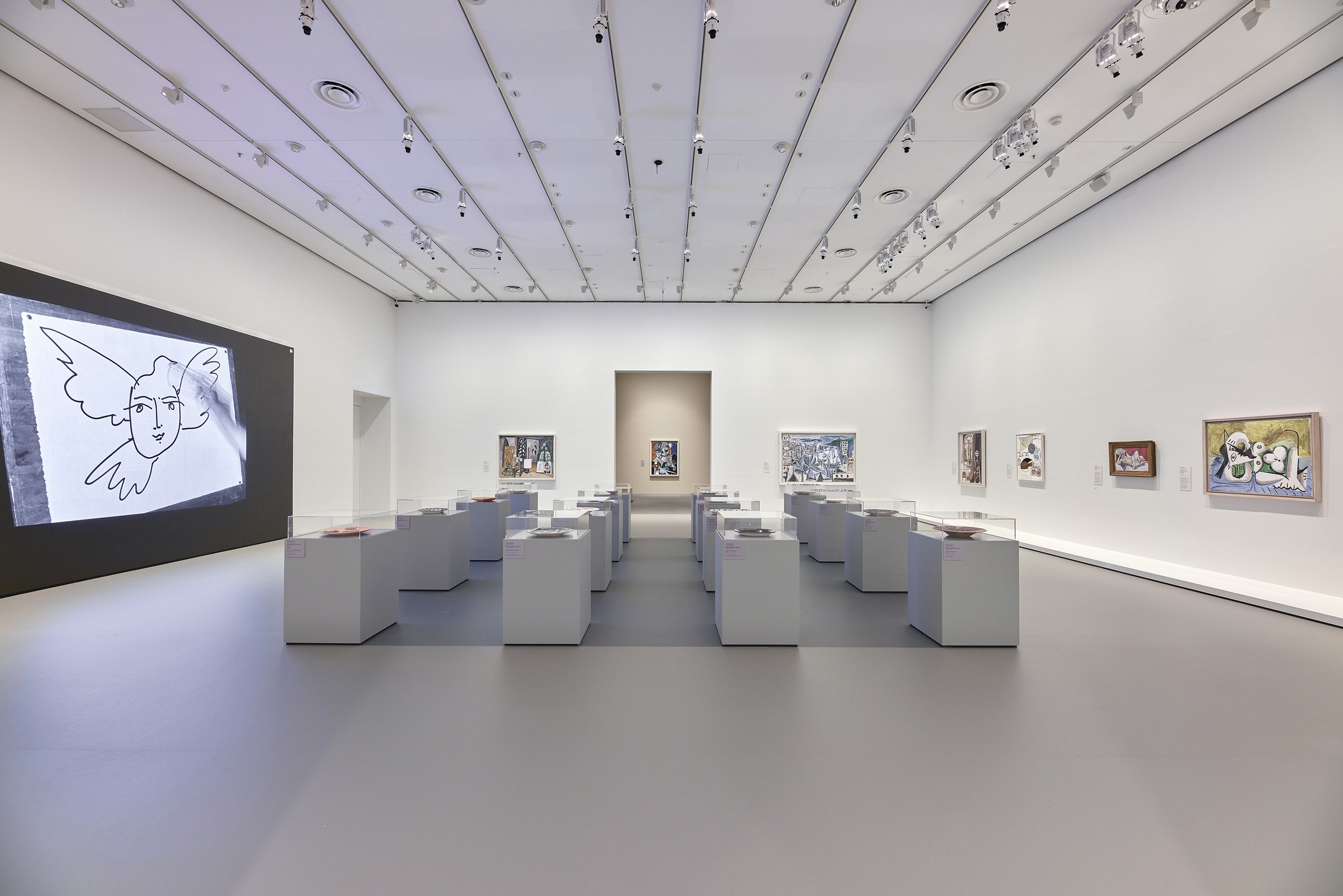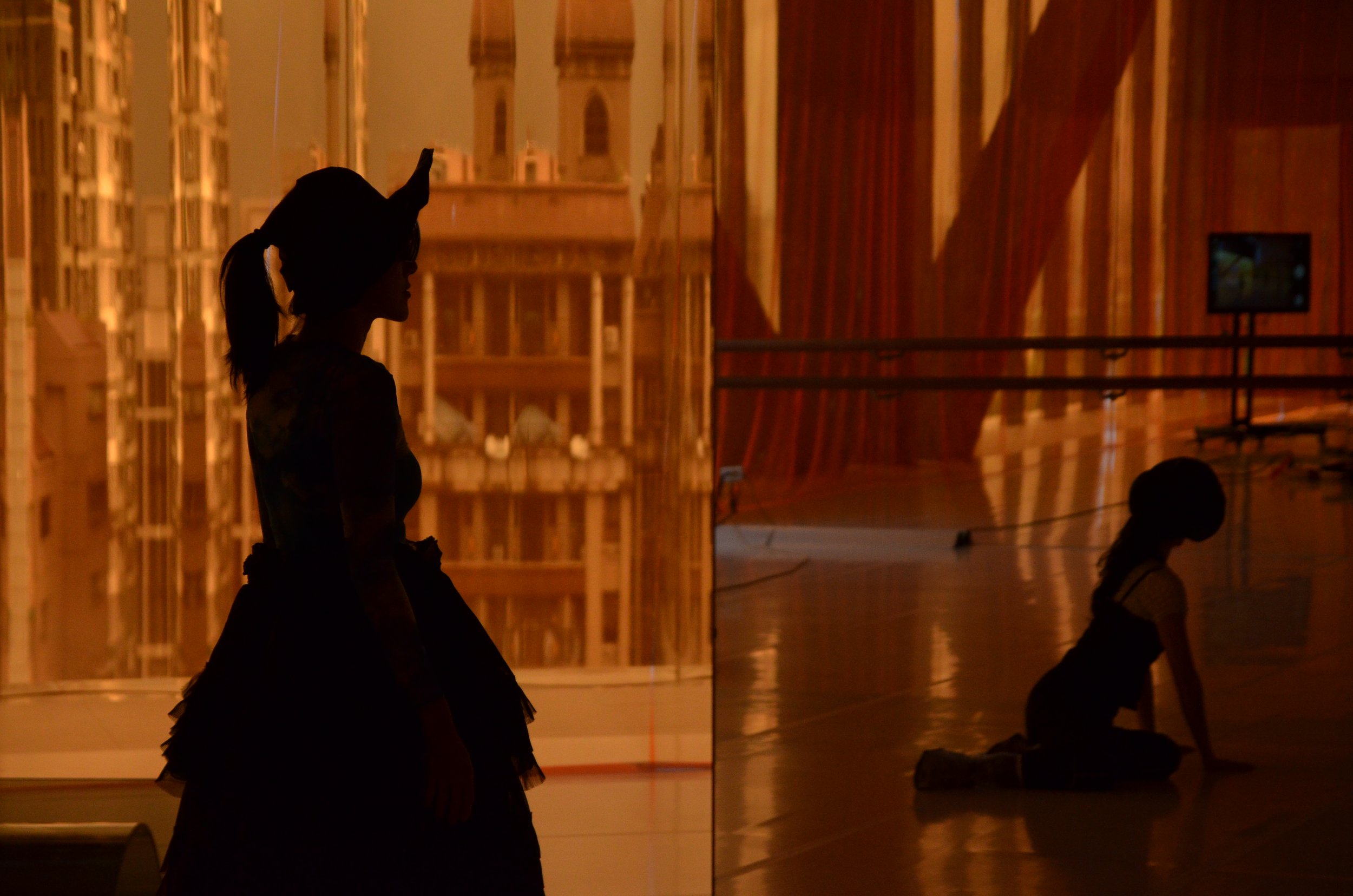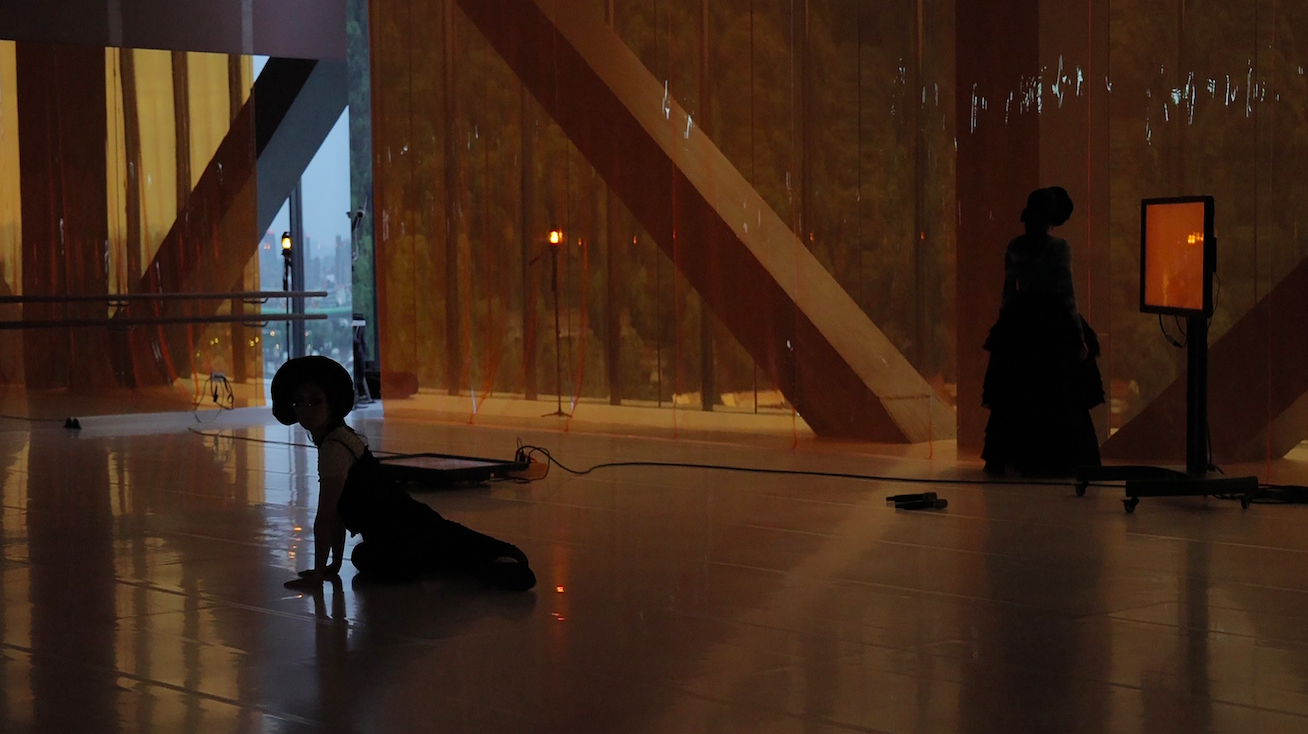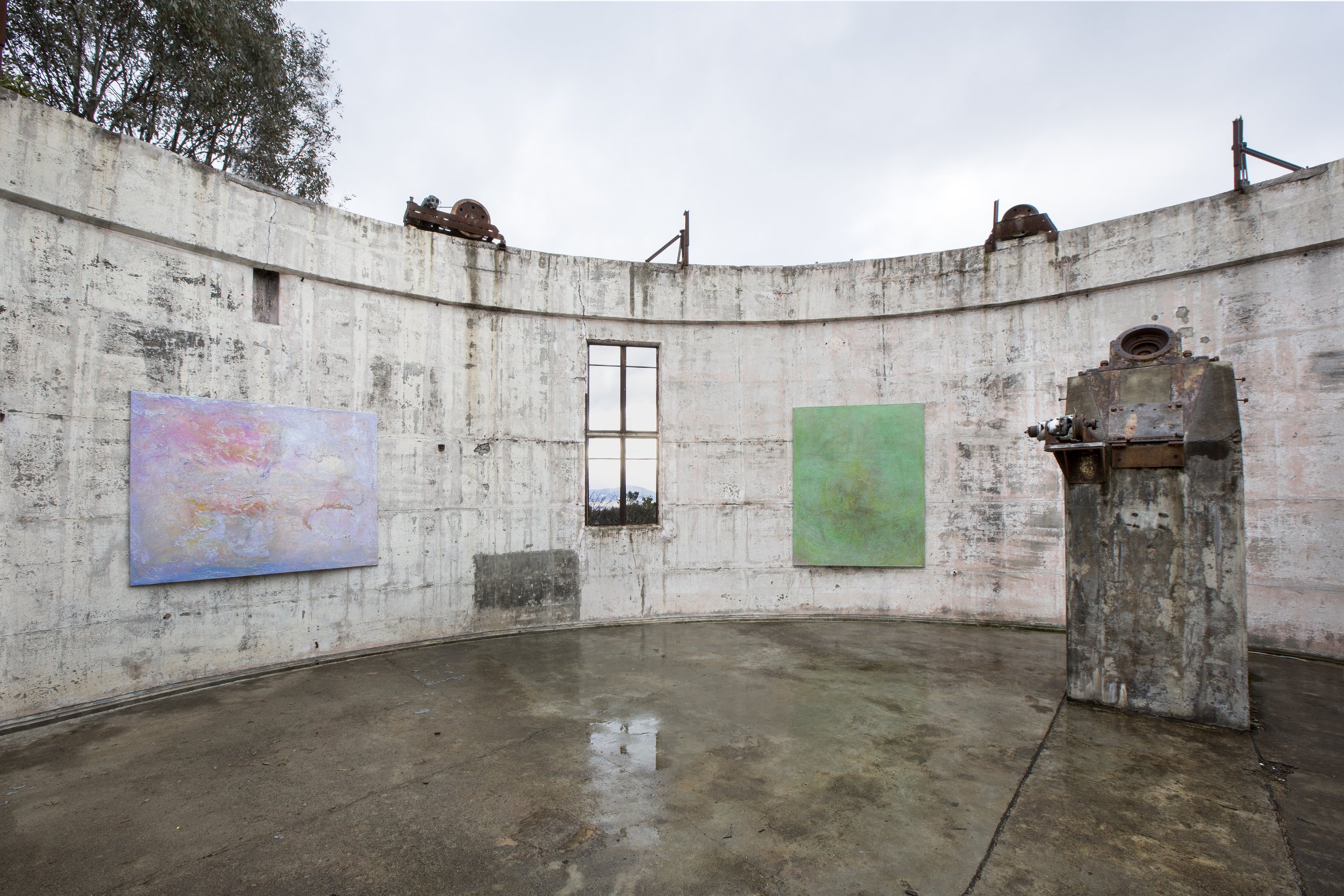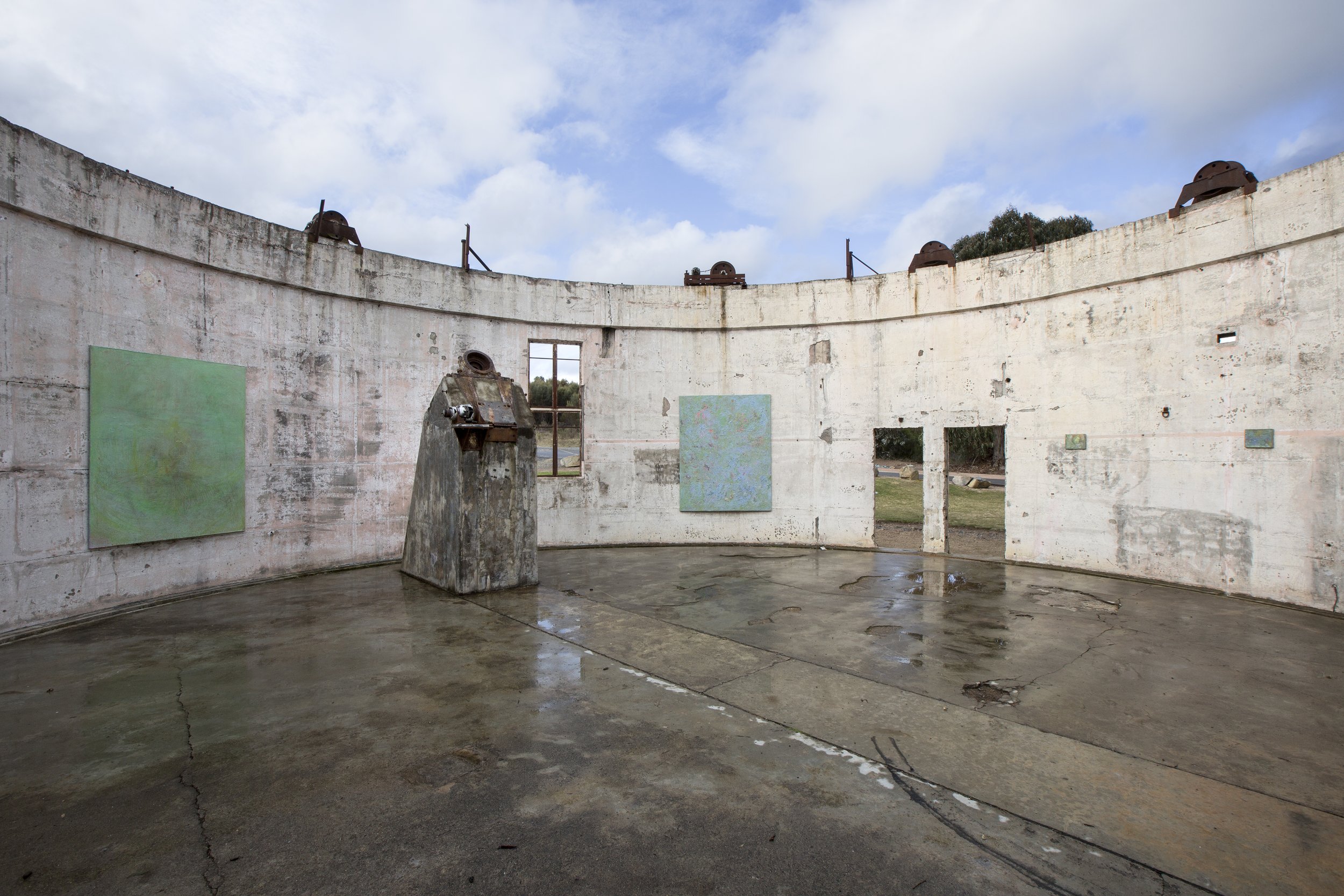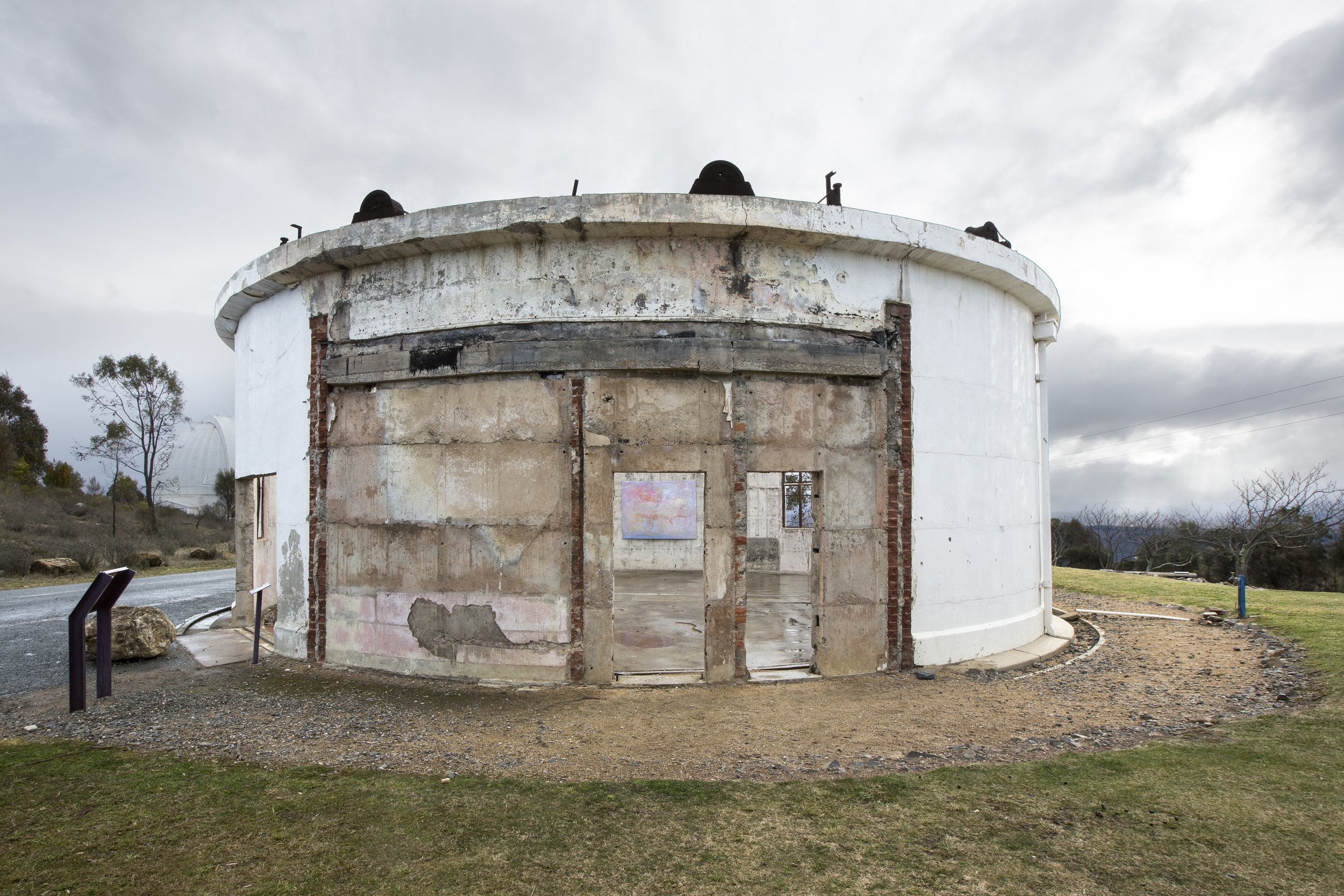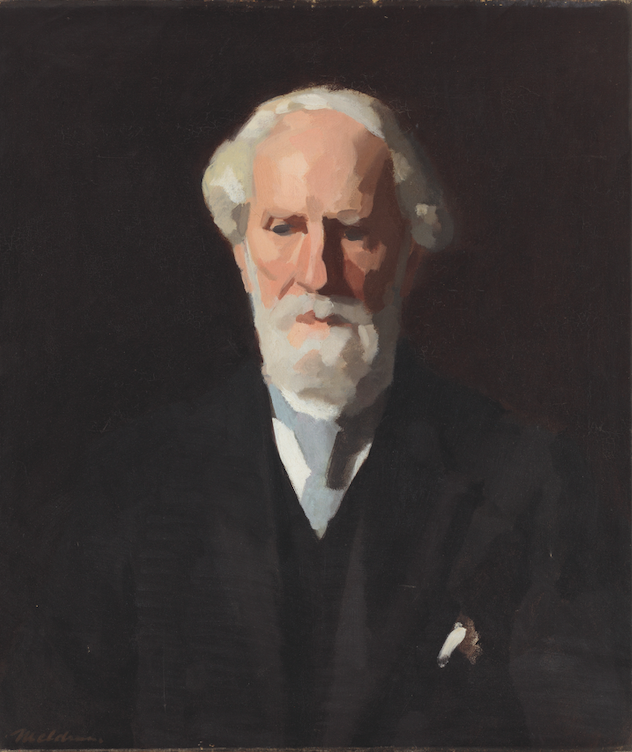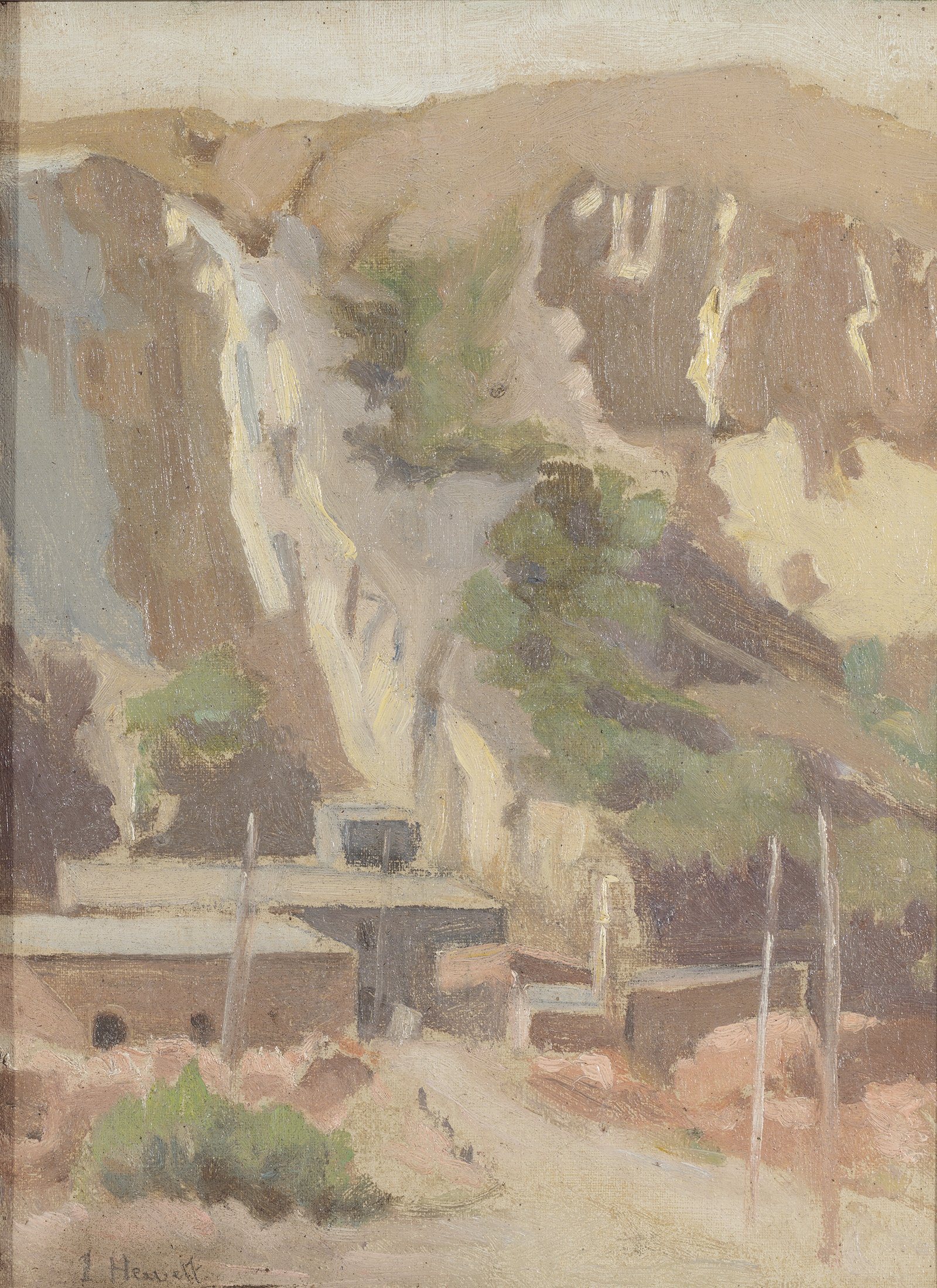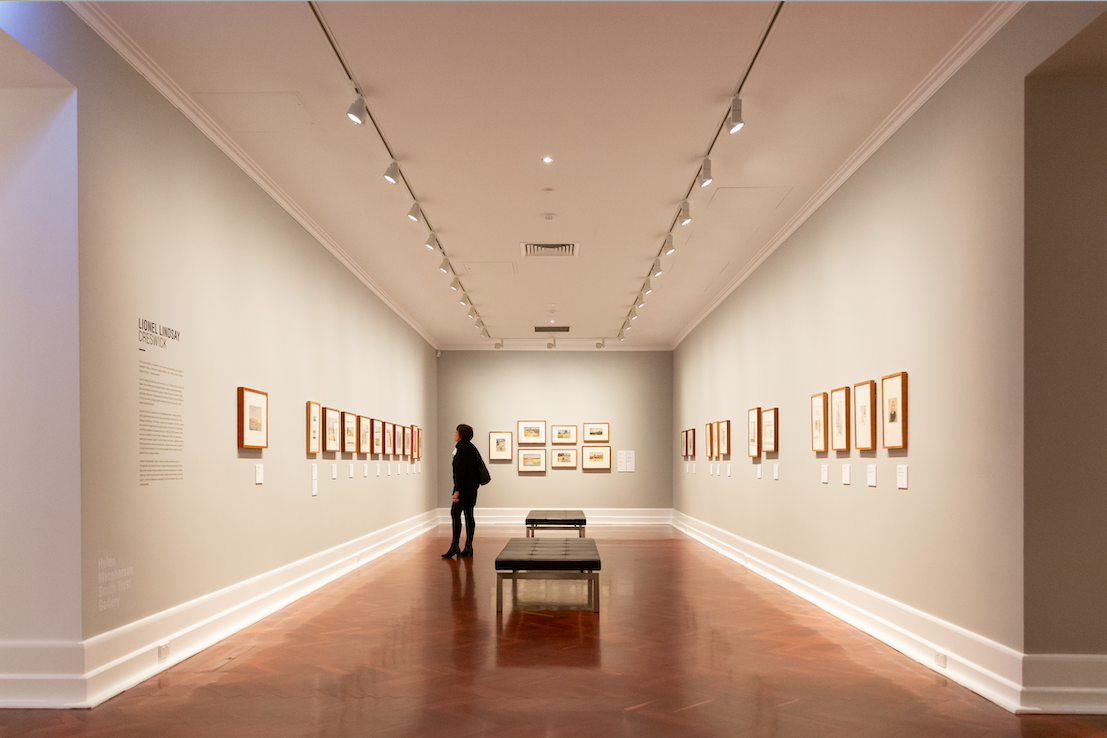Watching, listening and acting: ‘Huarere: Weather Eye, Weather Ear’ at Te Tuhi
/We have lost control of the world. How do we know? Look to the weather. According to the United States’ National Oceanic and Atmospheric Administration, the third, fourth and fifth days in July this year all consecutively broke records as Earth’s hottest day since scientists began recording in 1979. Where I was in Aotearoa/New Zealand, it was the coldest day of the year so far, and the rain was coming sideways, blown in from heavy grey clouds.
Of course, it was the ultimate hubris to believe that humanity had control of Earth’s environment at any place or point in time. With the scale and urgency of climate change as a global challenge, museums, galleries and cultural organisations have recognised the crucial role they can play in shaping and supporting, and I would add leading, society’s response to the crisis. The first museum dedicated to climate change was established in 2015, New York’s Climate Museum, and other initiatives include international collaborations such as the Museums and Climate Change Network, Museums for Future, the International Committee for Museums and Collections of Modern Art’s Toolkit on Sustainability in the Museum Practice and the activations of Climate Museum UK.
Tamaki Makaurau/Auckland’s Te Tuhi contemporary art space is part of the distributed association called the World Weather Network, promoted as a constellation of 28 ‘weather stations’ set up by arts agencies around the globe as an invitation to look, listen, learn and act in response to the climate emergency. This grouping of artists, writers, organisations and associations are also denoted as ‘reporters’, observing, documenting and reflecting imaginatively and objectively on climate.
Te Tuhi’s recent exhibition ‘Huarere: Weather Eye, Weather Ear’ engaged with the context of overwhelming and unstoppable climate effects. Curated by Janine Randerson as a specialist researcher and artist working in the field, ‘Huarere’ was posited as an attempt to free exhibition-making from a human-centric perspective, prompting curiosity: Is it possible to overcome the subjectivities of curatorial and institutional purpose and artistic participation to achieve human critical distance, let alone aim for pure presence itself? Does it account for the subjectivity of the viewer? Such an aim was a thought-provoking contribution to the challenges that are part of a call to action for a sustainable future.
FORECAST (2023) by Julieanna Preston, Layne Waerea and Mick Douglas on Te Tuhi’s outdoor physical and digital billboards signalled the project on approach to the building. Described as ‘a collaborative, durational performance writing work’, it is the outcome of engagement with Word Weathers, a 24-hour online performance last year for more than 55 writers. The static billboard display of three matrices of words, letters and punctuation created a puzzle that provoked interest.
Visitors might also have noticed aeolian harps on the roof by Phil Dadson and James McCarthy, titled respectively Nga-hau-e-wha and Tamanui. The sounds from these instruments haptically brought the weather into the gallery. Inside, Dadson’s compilation of mobile phone videos, Koea O Tawhirimatea – Weather Choir: Voicing the Wind (also 2023), created with content by Breath of Weather Collective, also immersed the viewer in nearly 20 minutes of wind-song. The work has been collected from eight collaborators around the Great Ocean of Te Moana Nui-a-Kiwa who placed one of Dadson’s DIY aeolian harps on their respective island. Recorded between the 2022 and 2023 solstices, the sounds of escalating winds and views of sea-pounded shorelines are memorable among the ambience arising from changing weather.
Before Koea O Tawhirimatea, viewers first encountered Kalisolaite ‘Uhila’s Sun Gate: Ha‘amonga a Maui (2023). Using footage from Andrew Kennedy and ‘Uhila’s body cam (with James Tapsell-Kururangi, Josh Savieti and Nonga Tutu acknowledged as technical crew), Sun Gate was recorded on the autumn equinox, 21 March 2023, just over a year after the eruption of undersea volcano Hunga Tonga-Hunga Ha‘apai in the Tongan archipelago. In Sun Gate, the artist sits by the thirteenth-century limestone-coral trilithon Ha‘amonga a Maui in eastern Tonga, unmoving through sun, rain and cloud for over ten hours, creating a digital connectivity across the atmosphere of Te Moana Nui-a-Kiwa. The viewer can only observe ‘Uhila’s endurance, a similar sensation felt in Te Tuhi’s courtyard with the reprisal of Weather Stations (2009) by Paul Cullen (1949–2017). Accompanied by three watercolour drawings from the related series, Weather Stations had been reconfigured by artists J. A. Kennedy and Ammon Ngakuru (a former studio assistant). Hoses, pipes and glass vitrines sat atop steel frames on the work’s original concrete pavers, suggesting stalled attempts to assemble rain gauges. At Te Tuhi, the courtyard’s soil had also been laid bare, the living ground on which Cullen’s industrial relics sat as a symbol of redundant or misconceived hope.
It was a new work commissioned from Maureen Lander (Ngapuhi, Te Hikutu, Pakeha) that centred the visitor on entry, grounding the exhibition through knowledge. Made from harakeke, muka and laser-cut ‘foam’ suspended at eye height, Wave Skirt (2023) drew the viewer in, surprised by the unexpected acrylic sparkles among the strands. An adjacent installation by Lander with video projection by Denise Batchelor and sound by Stìobhan Lothian, where the moving image of lapping waves on sand was projected onto dried flaxen strips, brought an additional affective complexity to the imminence of harakeke. For the artists, Ngaru Paewhenua (2023) references whakapapa and the sea that bought Ngapuhi ancestors to Hokianga, ‘their migrating waka assisted on the journey by three great waves: Ngaru nui, Ngaru roa and Ngaru Paewhenua’. Their work recalls the third wave that brought the waka ashore, as well as the myriad effects of climate change on today’s oceans and the resulting impacts of rising sea levels and increasingly severe storms.
The conceptual heart of the exhibition was MAKU, te ha o Haupapa: Moisture, the breath of Haupapa (2023), a collaboration between Ron Bull (voice), Stefan Marks (programming), Janine Randerson (video), Rachel Shearer (sound), glaciologist and adviser Heather Purdie, with a live data stream courtesy the National Institute of Water and Atmospheric Research. At an immersive scale, this video confronts the viewer with Haupapa (Tasman Glacier). This has been the longest glacier in Aotearoa, flowing down from the eastern side of Aoraki (Mount Cook). Purdie’s long-term research has revealed that the glacier is melting from within crevasses that retain the sun’s heat; and that there are submerged ice ramps in the lake at the end of Haupapa which cause large icebergs to split off that accelerate glacier recession.
This was the work that most tested the idea of curation or artmaking removed from a human-centric perspective. The artists state that they ‘relinquish the ordering and qualities of sound and video to the weather conditions of Aoraki’, recorded by the instruments placed near Haupapa. Video and sound were recorded by Randerson and Shearer in summer and winter 2022, along with atmospheric field and hydrophone recordings from 30 metres deep in the lake. Subsequently, Marks’s interventions ‘subtly alter the brightness, direction, and movement of the images and sounds according to the real-time weather conditions, and wind direction’. In addition, live recordings of Bull’s voice taken at the lake are woven through in acknowledgement of Kai Tahu matauraka (words and names of the elemental ancestors).
As I understand, the image and sound of MAKU vary according to the sun’s radiation and wind directions: the weather. The noise of cracking infers the movement and melting of the glacier into the lake, which is growing at such a rate that the glacier is expected to disappear within 20 years. Randerson and her collaborators bring us face-to-face with the glacier with all the microbiological contents and ancient breaths encapsulated in the ice over tens of thousands of years, which appear in hues of winter greys and summer blues. While digital manipulation evidences intervention in the creation of MAKU, the spirit of human embeddedness and respect is a meaningful part of its layered visual and ambient qualities.
‘Huarere: Weather Eye, Weather Ear’ came at a crucial time in our critical understanding of how we can look to be stewards of the future, including embracing racial and other forms of justice that are coincident with causes of climate change. Rather than be a witness of weather, the exhibition subtly prompted viewers to reflect on their own inseparable interconnectivity with weather worlds and hence its incorporation in subjectivity. Where viewers take this experience will only be evident in the future.
Dr Zara Stanhope, Ringatohu/Director of the Govett-Brewster Art Gallery / Len Lye Centre, Ngamotu/New Plymouth
Curated by Janine Randerson, ‘Huarere: Weather Eye, Weather Ear’ was on display at Te Tuhi, Tamaki Makaurau/Auckland, from 4 June until 30 July 2023.
Please note macrons in the Te Reo Maori terms do not appear on this webpage.










